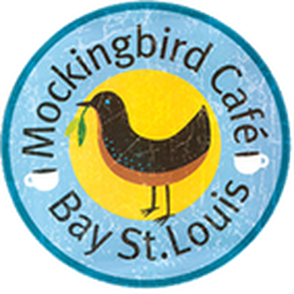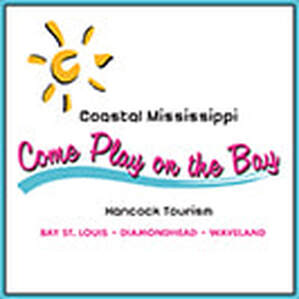Hummingbirds, jewels of the Southern garden, are returning to our area after wintering in Central and South America. Find out how to welcome them home. - Story and photos by Dena Temple
Video (below) taken in Waveland in September, 2018 during the fall hummingbird migration. While 16 species of hummingbirds breed in the Northern Hemisphere, there is only one species that regularly inhabits our area, the Ruby-throated Hummingbird. The male is an iridescent green with a white underside and a red gorget (throat). As light is reflected off the gorget, it appears a fiery red; out of direct light, it appears dark. With wings that beat about 70 times per second, hummingbirds can indeed hover as well as fly backwards and upside down. They are interesting to watch and worthwhile to attract to your yard. There is no trick or special formula to attract hummingbirds. You just need to understand that all living things require three things to survive: food, shelter, and water. If you provide those things for hummingbirds, they will visit your yard, too. First, let’s talk food. Hummingbirds subsist on a combination of insects and the nectar from tubular-shaped flowers. While you probably won’t be able to set up an insect diner for the hummers, supplying nectar is as simple as putting out a hummingbird feeder. The feeder needn’t be fancy, or expensive; most wild bird stores and many garden centers have inexpensive feeders available. When selecting a feeder, be sure to choose one that is easy to clean, because you’ll be cleaning it often. My personal favorite is the Aspects Mini HummZinger (shown). It is extremely easy to clean and fill, and it comes with a lifetime warranty. Fill the feeder with a nectar solution made from one part sugar to four parts water. Contrary to popular belief, you don’t need to boil the mixture; just stir until the sugar dissolves. Mix only as much nectar as you need at that moment. And please, don’t use commercially available nectar formulations from the home center. They cost a fortune and include red dye and other unnecessary chemicals that may negatively affect your little lodgers. Hang your feeder in a semi-sheltered location such as under the eaves of the house, if possible, to keep rain water from contaminating the nectar. Clean your feeders often – at least once a week in cool weather, and more often in warmer weather. If the nectar looks cloudy or shows any mold growth, it’s past time to clean. The usual reason for lack of success in attracting hummers is setting out the feeder too late in the spring. Reports are already coming in from neighboring communities that the first hummers are back! Males return first to stake out breeding territories. If they find your feeder and the area looks safe, one may take up residence. In a week or two the females will return, looking for love – and an attractive territory. The right food plants can also make your yard more attractive to hummers. If you are planning on adding to your landscape, you might want to keep these plants in mind. (See list at the end of this article.) Shelter is the second requirement for attracting hummingbirds. If you have numerous trees and shrubs on your property, the birds have plenty of places to construct a nest or hide from predators. Water is the third requirement. A simple birdbath can be constructed from almost anything – a plate, a trash can lid (clean it first, please), a shallow plastic bowl. Again, be sure to keep the birdbath clean and shallowly filled. In our area, your first guest should appear in early March. You may not see regular activity at your hummingbird feeder for quite some time while the birds establish their territories. Once you start seeing the birds, note how territorial they are: One male will not allow another to use “his” feeder. If you hang more than one feeder, try to locate them so that they are not in direct view of each other, so one male cannot monopolize two feeders. Do not be surprised if your “guests” disappear several times during the summer season. When their favorite flowers bloom, they will feed only from the flowers, rejecting your finest offering. Don’t worry; they’ll be back. Also, breeding activity may keep them from being active in the garden. But just wait: if you provide them with suitable nesting habitat, you can enjoy watching the young hummers cavort around your hard all summer long, until they begin their southbound migration in September. Their games are enchanting to watch. As autumn approaches, you will see less and less of your guests as they begin their long migration to the tropics. You have helped make this trip possible by supplying them with the energy they need for this arduous trip. Do not be sad at their leaving; if all goes well, the same birds may reappear next year. Fall is the time to double up on your feeders; you will probably need to refill them daily to keep up with demand. Then, as hummers migrate south from the rest of North America, get ready for Invasion of the Migrants! An entire continent’s worth of hummers will stream past, pausing before making the arduous trip across the Gulf of Mexico. The amazing video above was taken at a Waveland feeder in mid-September. Keep your eyes open for rare migrating Western hummingbirds that occasionally lose their way and end up along the Gulf Coast. Hummingbirds make an attractive and interesting addition to any summer garden. It is well worth your while to invite them to spend their summer vacation at your “resort,” where they fascinate and captivate. All it takes is a few pennies’ worth of sugar – and a little patience.
A giddy newcomer and seasoned bird-watcher finds a wildlife bonanza here on the Gulf Coast.
- story by Dena Temple
Black Skimmer feeds by dragging its lower mandible through the water, trolling for fish.
“Tu-a-wee!” A flock of Eastern Bluebirds frolicked in the front yard.
Yes, we are birders. Bird-brains. Bird nerds! In fact, our fascination with feathered fauna helped drive our southern migration. And as birders, we weren’t looking for a home so much as a “habitat.” The pretty brick house on the tracks in Waveland fit the bill perfectly – lots of land bordered by dense woods, near a bayou. We signed the papers just before Thanksgiving, and by Turkey Day we were unpacking our binoculars and setting up feeding stations. We’re also a little competitive. And by “little,” I mean very. We compete with other bird nerds to see how many species of birds we can ID in our yards. We re-started our 2018 list when we moved to Waveland – and by the time the ball dropped on New Year’s Eve, our list stood at an astounding 52 species. In five weeks! While all seasons along the Coast provide excellent opportunities for wildlife-watching, perhaps the best kept secret is the diversity here in the winter.
Joining the resident species of the Gulf are thousands of birds that spend their summers breeding farther north. As lakes and bays freeze over, species that rely on aquatic habitat are forced to head south.
In addition, land birds that eat insects must migrate to follow the food source. So, while spring and fall offer the best variety because of the migratory birds passing along the Mississippi Flyway, winter birding delights savvy Gulf Coast residents who are “in the know.” Gulls, terns and particularly shorebirds flock to the Gulf beaches, much like our snowbirds do, for the Gulf’s agreeable climate and excellent dining. Everyone eats seafood along the Coast! Ducks, too, migrate south for the winter. Many only go as far as necessary to find unfrozen water, so they can find food. Some, however, make their way to our coastline and local ponds. Commonly seen from our beaches are Bufflehead, tiny black ducks with white bonnet-like caps, and Common Loons, looking drab in their “basic” winter plumage. One of my favorite places to look for birds is the Washington Street Pier in Bay St. Louis. What makes any location excellent for birds is habitat diversity, and this spot has it. Along the beach you’ll see lots of terns, gulls and shorebirds. Try to pick out the Willet, a large shorebird with drab, brown plumage – until he flies, revealing a distinctive and brilliant white wing stripe. Walking to the end of the pier, scan the water for the aforementioned ducks, along with Horned Grebes, which are common in the Sound in the winter, and Red-breasted Mergansers, ducks with a distinctive dagger-like bill. Next, scan the rocks at the pier for Ruddy Turnstone, a medium-sized shorebird with orange legs and an unusually patterned chest. Perhaps you’ll get lucky and spot a Purple Sandpiper in the rocks, a rare visitor from the North. While you’re out there, scan the distant skies for the beautiful white Northern Gannett, a large, graceful booby-like bird that nests on island cliffs but spends its entire winter over the water. Back on land, patiently check the dune grass for birds like Marsh Wren, sparrows and Scaly-breasted Munia, a non-native, pet-shop escapee that has been spotted here recently. There are many places along the Gulf Coast where beginners and pros alike can enjoy looking at, and learning about, birds. A great source is the Mississippi Coast Audubon Society, which hosts mostly free field trips to various locations in the area. Attending one of these trips is a great way to meet like-minded people, increase your local knowledge, and learn about conservation and habitat protection. If you’d rather strike out on your own, you can find information on the website for the Mississippi Coastal Birding Trail . The website identifies more than 40 prime birding locations in the six southern counties of Mississippi. It’s a great resource, and I’ll be working my way through that list myself. If you are the type who likes to volunteer, there are opportunities through both MCAS and the National Audubon Society for winter shorebird monitoring. Also coming up February 15-19 is the Great Backyard Bird Count, which encourages individuals to count birds in their own backyards (or a local park or hotspot), then report your findings online through a special website, www.birdsource.org. The event is held over Presidents Day weekend, which may give you an extra day to venture out and enjoy what our area has to offer.
This outdoor music fest in Kiln, Mississippi offers a stellar line-up, a pristine natural setting, and a rural location that's easily reached from several metro areas.
- story by LB Kovac
That's changing now, thanks to the Sugar Magnolia Music Festival. Now in its second year, the event seeks to bring everything we’re missing out on to the Mississippi coast – top music acts, delicious food, and a pristine rural setting with the ability to camp on-site, in either tents or RVs with hookups.
Mike Rosato and his Bay Rat Productions team are behind this festival. And Rosato says that this “brackish mix” of Mississippi and Louisiana culture dubbed “Sugar Mag,” scheduled for November 9-11 at the Hancock County Fairgrounds in Kiln, is sure to get the hearts of all attendees pumping. But the fun doesn’t stop at the music. “Honestly, events like Sugar Magnolia are more about a total experience rather than a stand-alone concert or festival that is focused on any one band, food or artist. It’s the whole kaleidoscope of sights, sounds and smells and interactions,” Rosato says. “For those who have never been, there is something very friendly, primal and relaxing about going to a music festival,” says Rosato. In the vein of festivals like Burning Man and Bonnaroo, about half of the Sugar Mag’s festival attendees camp out for the weekend. “Bring your RV and set it up,” says Rosato. And if you don’t have an RV, you can always rent one. Primitive tent camping (with no hook-ups) is included in the ticket prices. Advance tickets are only $35 for one day and $55 for the weekend. Advance ticket prices even include tent camping without hookups (there are free shower facilities on-site). RV hookups are available for those who want more luxe accommodations for the weekend. An advance weekend camping pass with hook-ups - which includes two tickets - is just $140. Purchase tickets online here). “Sharing the weekend with your friends and enjoying the entire experience together… It’s like the best tailgate party of your life but you don’t have to go home if you don’t want to!” says Rosato. And if you’re in the half that is not the camping type, then you still have plenty of options. There are lots of nearby hotels and home rentals. And home is probably just a short drive away. “Kiln…is NOT in the middle of nowhere," says Rosato, "But rather in the middle of everywhere! New Orleans, Baton Rouge, Jackson, Hattiesburg, Biloxi, Mobile, and Pensacola are all far enough to leave your worries back home, but close enough to run back to if you need to.” Click on map icons for directionsThe music will play throughout the day in this weekend community, with special late night shows as well. “Samantha Fish, Raw Oyster Cult, Russel Batiste and Friends and The Dustbowl Revival are leading an amazingly talented lineup,” said Rosato.
Fish, a Blues protégé, debuted her latest album, Belle of the West¸ in the Number 1 spot on the Billboard Blues Albums charts just last year. That album went on to win the Best Blues Album at last year’s Best of the Beat Awards.
And Los Angeles-based The Dustbowl Revival, with their unique brand of vintage Americana sound, has been generating a lot of buzz. Under the direction of Grammy Award-winning producer Tedd Hutt, their latest self-titled album got them a resounding recommendation from Rolling Stones reviewer Rob Sheffield. New Orleans jam bands The Iceman Special and The Quickening, as well local R&B group 'Sippiana Soul, are just a few of the other outstanding acts scheduled for the vibrant 3-day weekend. Everyone can find a band to sing to all night. Away from the stage, the Bay Rat Productions team pulled out all of the stops, bringing Southern flair to every aspect of the festival. Big Wil and the Warden will serve up all your Southern fried favorites; an oyster bar will be on hand - in the middle of oyster season, no less; and the festival bars will be stocked with local micro brew beers and specialty drinks spiked with spirits from Louisiana and Mississippi distilleries. Great music, good food, and friends you haven’t met yet, will all be just a short drive (or a short camp) away come the weekend of November 9/10. This Southern-stewed music fest offers it all. For more information and tickets, go to the Sugar Magnolia Fest website.
Golf carts have escaped the boundaries of the greens and become a popular form of neighborhood transportation - and parade vehicle. We've got the new Bay St. Louis & Waveland ordinances designed to keep you safe on the go.
- story by Denise Jacobs, photos by Ellis Anderson
According to the legislation, this definition is met by “any four-wheeled electric or gasoline-powered vehicle that has a top speed greater than 20 miles-per-hour but less than 25 miles-per-hour and is equipped with safety equipment as required under 49 CFR [Federal Code of Regulations} Section 571.500."
This means the vehicle must be equipped with things like head and tail lights, brake lights, front and rear turn signals, mirrors, a windshield and a parking brake and more (read the complete list here).
UPDATE: This story was published August 1, the BSL Police Department released the flyer below August 15:
Who can operate a golf cart?
Golf cart operators must possess a valid driver’s license and proof of insurance. Where can you drive your golf cart? As a rule of thumb, golf carts are allowed on public roads and streets with a speed limit of 25 miles-per-hour or less. Can you cross higher speed limit roads? For instance, what if you live in Bay St. Louis on the north side of Highway 90 and want to travel via golf cart to the Second Saturday Artwalk festivities in Old Town? According to Senate Bill 3055 and the Bay's new ordinance 627-06-2018, golf carts may not be operated on U.S. 40, Highway 90, or Highway 603. However, golf carts may cross U.S. Highway 90 at the following signalized intersections in Bay St. Louis:
According to Waveland City Council Ordinance NO. 374, passed on July 3, 2018, golf carts will be allowed only "within the residential areas above and below Highway 90" with the exclusion of:
State legislation mandates that golf carts must be registered. According to the Waveland ordinance, registration should be made through the City of Waveland Police Department and requires a $50.00 payment to the City of Waveland. Check with the BSL Police Department for details on registration.
Upon payment and registration, the City will provide applicants with a handy-dandy map of public roads on which golf carts can operate along with a registration decal that must be displayed on the left rear fender of the vehicle. The registration is good as long as the registering owner owns the golf cart. Now, back to the parade - because we can never get too far from parades in the Bay: Section 2 of Senate Bill 3055 stipulates that “Notwithstanding any other provision of law to the contrary, when operated by a person participating in a parade permitted by the city, low-speed vehicles and golf carts may be operated on the permitted route of the parade while participating in the parade.” Go Mystic Krewe!
Golf Cart Parade Checklist:
A-OK! Good to go!
It's hard to keep coast residents and their pets indoors - even in mid-summer. Longtime dog owner and daily walker Lisa Monti offers savvy advice to stay cool and safe.
- story by Lisa Monti
My dog walking starts earlier in the summer and my bike rides are shorter when the heat really bears down like it did recently. We were only three days into official summertime this year when the National Weather Service issued a heat advisory June 24 warning of a heat index of 105 to 109 scorching degrees.
The combination of hot temps and high humidity can cause heat exhaustion and heat stroke, but you can take simple precautions such as drinking plenty of fluids, staying in an air-conditioned room and generally staying out of the sun. If you are spending time outside, take extra precautions like rescheduling your activities for early morning or evening, wearing light, loose fitting clothes and drinking plenty of water. If you’re working outdoors, OSHA recommends that you take a lot of breaks either in the shade or inside an air-conditioned place. Call 911 if you or someone else feels overcome by heat.
Pet owners should keep an eye on their dogs and other animals during hot weather as well. Make sure they have plenty of fresh clean water (in containers protected from the sun) and a shady place to help keep them cool. The ASPCA also advises to take care not to over-exercise your pets and keep them indoors when it’s extremely hot.
If you’re walking your dog outdoors, the same basic safety rules apply to dogs. Exercise early or in the evening. If you’re out in the mid-day heat, walk in shaded areas so they don’t burn their paws on hot asphalt. Test pavement for heat by pressing your palm against it for seven seconds. If it’s too hot for your hand, it will burn your dog’s paws. If the air temperature is 87 degrees, the asphalt is 143 degrees. An egg fries in five minutes at 131F.
Some symptoms of overheating in pets, according to the ASPCA, are excessive panting or difficulty breathing, increased heart and respiratory rate, drooling, mild weakness, stupor or even collapse. And, of course, don’t ever leave a pet in a vehicle in the heat. In just a few minutes, the interior temperature of a closed car can shoot up. It may be a moderately hot 80 degrees outside, but in just 10 minutes, it’ll be 99 degrees inside a vehicle in 10 minutes and a deadly 114 in 30 minutes.
If you’re dog walking, you can get creative finding shade in some local spots, like the old City Park shoofly on Second Street or one of the local restaurants with outside seating (the porch and sideyard of the Mockingbird Café are local favorites. If you prefer a spot beachside, the pavilion at Washington Street offers benches along with breezes off the water. If you’re poochless, you have even more options. The library is the perfect place to comfortably spend some cool, quiet time on a summer day and so is a local health club. Bike riders (and walkers) can find shady stretches on streets and lots of good places to take a water break around town. I like riding down Third Street, from Washington to Bay Oaks Drive and loop back around. There’s plenty of shade in spots on both sides of Third as well as some less traveled blocks between Main and Ulman and on the grounds of the Depot. Staying safe outdoors in the grip of summertime takes a bit of preparation but it’s worth the effort to enjoy exercising, socializing and keeping a spoiled dog happy between now and October.
A savvy entrepreneur and nature lover finds that making camping easy for others isn't just fun - it's a growing business. Meet Kristine Lyons of Gulf Coast Camper Rentals.
- story by Lisa Monti, photos courtesy GCCR
Kristine Lyons has held on to fond childhood memories of family camping trips to Buccaneer State Park, exploring nature trails and pulling in fish and crabs on the seawall with her brother. Those special memories were so strong that she wanted her own kids to have similar experiences, so Lyons continued the tradition of camping at Buccaneer with them as they grew up. Lyons knew that the camping tradition was successfully passed when her daughter asked to go camping on a visit home from college. But there was a hitch. 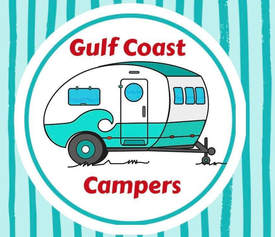
“I had just sold my camper, and when we started looking for one to rent we couldn’t find one. I ended up buying one,” she said. Always the entrepreneur, Lyons decided on that very camping trip to start renting her new rig to help make payments on it. That was in late 2014 and in short order Gulf Coast Camper Rentals was officially in business.
A Facebook page and word of mouth quickly attracted customers, so she doubled down on inventory based on high demand. “I bought another one and it stayed booked. Then two more,” Lyons said. “Once I got to six I quit my day job. Selling furniture wasn’t my thing anyway,” she said. Today there are 13 2017-2018 model campers for rent in an assortment of sizes for $120 to $155 a night with a two-night minimum. The largest can comfortably accommodate four adults and four children.  Kristine Lyons Kristine Lyons
But Lyons takes it one step further by offering delivery and set up of the campers at several campsites in Hancock County and beyond. Her brother, Robert Miller, and his wife, Michelle, take care of delivery and pick up, servicing and cleaning up everything when you’re headed back home.
Yes, all the renters have to do is show up and, well, camp. “That’s what we do the best,” she said of the unique delivery, set up and pick up service. “We’re living in a society where nobody has enough time. They would rather me do the work so they can just show up and have fun. Our motto is, ‘We do the work, You enjoy the adventure!’ ” Locally, Gulf Coast Camper Rentals sets up at Buccaneer State Park, long Mississippi’s most popular state park, McLeod Park, the campsites connected to the Silver Slipper Casino and Hollywood Casino and nearby Flint Creek in Stone County. The convenience will cost you an additional $85 for locations in Hancock County. Farther afield you pay by the mile.
Lately they have set up for campers at the new Reunion Lake facility in Robert, La., as well as at popular campgrounds in Lumberton and throughout Louisiana and over to Gulf Shores, Ala., and Destin, Fla.
Lyons said the campers aren’t used strictly for camping. They’re popular with participants at festivals, Cruising the Coast, ATV events and the annual Gulf Coast Winter Classic horse show in Harrison County. “People use them for mother-in-law suites in their yard and for weddings. Film companies use them when they’re shooting commercials and just to hang out in.” She’s also thinking about adding some special packages for honeymooners and customized services customers may request. “We’re flexible. We just want you to have good time.”
It seems that when people get a taste of camping, they enjoy it enough to want to do it again and that means plenty of repeat business for Gulf Coast Camper Rentals. “Some of our best customers owned campers in the past and are not interested in owning one now. They want to camp a couple of times a year and renting is cheaper.”
The success of the camper rentals led Lyons to buy a building on Highway 603 and open a camper store which is stocked with camper parts and supplies, everything from water hoses to backup cameras.
“We’re doing camper service now too,” she said. She and her brother are newly certified recreational vehicle inspectors available for those looking to invest in an RV. “We’re trying to be a one-stop shop,” Lyons said.
And she’s keeping the family camping tradition going these days by taking her grandchildren camping at Buccaneer. “Basically, camping is making memories. Even the most miserable times we had camping we still laugh about today. Gulf Coast Camper Rentals 10381 Highway 603, Suite A Bay Saint Louis, MS 39520 228-463-3200 Email: info@gulfcoastcampers.com
A state monitoring program tests the waters of the Mississippi coast and issues advisories if needed. What are they testing for and where? We have the info and the links to make it easy to check before you swim.
- story by Lisa Monti
Doug Upton, chief of MDEQ’s field service division that does all monitoring across state, said the water samples are collected at least once a week by staffers at MDEQ’s regional office in Biloxi. The samples are analyzed at a private lab in Ocean Springs and results are typically reported in 24 hours.
What they’re looking for is Enterococci bacteria, which Upton calls “an indicator organism” that signals pollution caused by stormwater runoff, wildlife, boating waste or sewer overflows. High winds and heavy rainfall can also increase bacteria levels in our coastal waters. That’s why the Beach Task Force recommends not swimming during or within 24 hours of significant rainfall. Below: the Four Hancock County Monitoring Stations
|
|
|
Beach to Bayou - Jan/Feb 2018
|
- story by LB Kovac
|
If you’re into numbers, here’s one for you: 202. That’s the number of people per square mile in Bay St. Louis. It’s a fairly low population density, only 1/4th the density of our sister city Waveland, and it seems especially low when compared to New York City, which has more than 150,000 people crammed into each square mile.
The sparseness of our city allows for lots of amenities – our average home is more than twice the size of the average New York City residence, and things like property and commercial taxes are significantly lower than even the national average. There are some tradeoffs, though. Allison Anderson is a founder and one of the architects behind unabridged Architecture; she was also the first LEEDs-accredited professional in the entire state of Mississippi (LEEDS - Leadership in Energy and Environmental Design - is a nationally recognized design standard). |
Beach to Bayou
|
Her portfolio ranges from small-scale residential remodels to macro commercial redevelopments, but much of her practice incorporates her community-driven approach.
Anderson’s been a member of the Hancock County Chamber of Commerce Greenways and Scenic Byways Committee for more than twenty-three years and has a long history of volunteerism and advocacy in the county.
“[As a city], you might want to be big enough to support a community college. How big is that?” she asks. “What does that town look like?”
Anderson’s eye for the bigger picture led her to develop “Smart Communities,” a series of lectures sponsored by the committee and spanning the year that highlights the powers shaping today’s communities. Anderson said, “The point of the conversations is to educate people on these ideas and open up the conversation to a larger group of people.”
“Good communities have to have these dense urban cores,” said Anderson. These cores help support small businesses, restaurants, culture, and a city’s night life, but they are often not ideal spaces for a new business. At some point, she said, “We have to look at places where our community can support new development.”
And, we have to think about the painful possibility of disaster. Much of the Mississippi coast is located on a 100-year flood plain. Anderson said, “Every home in our area has a 1-in-4 chance of flooding over the life of a mortgage.”
Rather than implementing the costly services necessary to support people in emergencies, communities need to consider retreating from the areas at the most risk.
“Katrina was a watershed moment for us,” said Anderson. Unabridged had just finished two projects before the hurricane and only one survived. “The guesthouse we had just finished was completely erased. It didn’t make it a month. And it was built to the same code as our office. A few blocks distance was really the only difference.”
The next lecture, given by Anderson Kim Architecture & Urban Design principal designer R. John Anderson on February 16, focuses on the mathematics of city planning. He specializes in urban strategy and will help explain why two businesses only a few miles apart can pay wildly different property taxes.
Other lectures planned for the year include a presentation by the Stennis Institute, a discussion on urban waterways, and a presentation by Mississippi Power on smart ways to incorporate power in communities.
Many aspects of “smart communities” will be explored at the series, which are all scheduled to take place at the Bay St. Louis Library. You can find updates on topics and lecture times at the Hancock County Chamber of Commerce website.
“There are a wide range of opinions about the right way to design, the right direction for our community,” said Anderson. “We want to take the temperature of the people. This is a chance for everyone to become part of the conversation.”
|
|
Beach to Bayou - Dec/Jan 2017
|
- story by LB Kovac and Ellis Anderson
|
Beach to Bayou
|
- Four friends in an SUV are heading out to dinner at a restaurant. It’s just after dark. They pull up to a stop sign at St. Charles Ave., when one notices movement in the wood strip just ahead where the road curves. It’s a fox! they breathe in awe, sitting at the stop sign, the headlights illuminating the creature. Time stretches, as they watch it watch them. Finally, the fox slips into the underbrush and vanishes. The friends drive on, understanding they’ve been gifted by nature on this night.
In fact, Mississippi is home to a substantial number of land mammals alone: 63. For reference, the Magnolia state beats Louisiana, the state closest in land size, by 11 species. Some of our furry neighbors, like the gray squirrel or the eastern cottontail, are a welcome sight no matter where you see them--be it on a nature trail or in your own backyard.
Yet some people may be dubious about critters like foxes, raccoons and opossums, critters important to the delicate Mississippi ecosystem.
Missy Dubuisson, owner of Vancleave-based wildlife rescue organization Wild at Heart, says that these are some of the animals her organization most often sees. She says, “we receive calls from federal, state and local law officers, and the general public” on a regular basis.
Dubuisson has been rehabilitating animals since she was a little girl growing up in Pass Christian. Her love for wild animals, especially America’s only marsupial, has earned her the nickname “the Possum Queen.”
“Many people see a possum and they think they’re going to attack. That’s not going to happen,” Dubuisson promises. She goes on to explain that they’ll only get aggressive if they’re on the defense. “Rightly so.”
As for rabies? The state has been surprisingly rabies-free for the past fifty years. According to the Mississippi Department of Health, “Land animal rabies is rare in Mississippi. Since 1961, only a single case of land animal rabies (a feral cat in 2015) has been identified in our state.” Experts found that the cat had contracted rabies after being bitten, not by another land mammal, but by a bat.
Possums, foxes and raccoons mostly live invisibly alongside humans in urban or semi-suburban areas like Bay-Waveland. All three creatures are dubbed opportunistic eaters. Possums feed on everything from roaches to slugs. Raccoons have a varied diet too, eating crawfish to berries. Much of a fox’s fare consists of invertebrates, like grasshoppers and caterpillars.
Fortunately for their human neighbors, all three eagerly devour nuisance rodents. The fox, in particular, is valued for its superlative ability to catch rats and mice.
Individuals can participate with the 40-year-old program, Garden for Wildlife. This step-by-step program guides homeowners in transforming an ordinary yard into a haven for birds and mammals that we love to watch. NWF even offers a certification once their checklist has been fulfilled. Signage celebrates the efforts and encourages neighbors to do likewise.
Schools, college campuses and place of worship also have wildlife habitat programs, tailored specifically for them. Entire cities, like Bay St. Louis or Waveland, can apply to be official Wildlife Habitat Communities. In addition to practicing more sustainable, nature-friendly lifestyles that benefit both humans and animals, these communities receive positive national recognition.
If Bay St. Louis or Waveland chose to participate, we’d be in good company: Disney’s Epcot Center is a showcase Habitat Community. As is the Denver Zoo. And in Maryland, “Baltimore Gas and Electric has created habitats along its power line rights of way.”
For more information on participating, click on the links above. In the meantime savor another sighting:
- Driving home from a college class in New Orleans one night, a woman crosses the tracks at Ballentine, heading toward the beach. The moon is full, so movement in a vacant field catches her eye. She stops the car. Two foxes freeze, their coats of red glowing, even in the blue moonlight. The human and animals regard each other calmly. There’s no fear on either part, only recognition as fellow beings sharing this extraordinary place and time. When the foxes decide they have better things to do, they move on out of sight. The woman slowly drives on toward her home, understanding that this brief encounter will be treasured for the rest of her days.
- story by Ellis Anderson, photos courtesy Wendy Kennedy
|
Ghouls and goblins, fairy princesses and creatures from far-off galaxies will be racing along the Bay St. Louis shoreline on October 28th, when the Halloween Hustle Duathlon and Road Race returns to Bay St. Louis.
The event is one of a series produced by QuadBurners, a coast group headed up by Jennifer Graham. The races take place through the year, each with a fun theme. There’s the Frosted Fanny in January, an April couples’ run – It Takes Two - and Hot Pursuit in July. The Halloween Hustle (HH) is the fourth race in the annual series. A festive one mile “Ho-Ho” beer and fun run finishes off the year on November 25th. |
Beach to Bayou
|
Graham says that the series is now three years old, although it’s the fourth year for the HH. Most of the races now sell out – meaning they reach the maximum number of participants who can register, around 300.
“About 70 percent of our participants now are repeaters,” says Graham. “More than 50 percent come from either Alabama or Louisiana, but we get lots from Jackson and Hattiesburg too.”
Graham has her masters in Exercise Science whose business, Hurricane Multisport, offer race day planning and hosting services. However, the QuadBurner Event Series is a volunteer project.
Graham guesses the race series is growing in popularity because the focus is more on staying in shape and having fun than being seriously competitive. The races offer some prizes (several for costumes in the Halloween Hustle), but forego the traditional age-group categories.
“It’s less about who wins the race and more about getting people moving,” she says. “These races are designed to give people something to keep training for year-round, to encourage a lifetime of fitness and good health.”
The unique approach and the support of several corporate sponsors – including FEB Distributing and Run & Tri - allows Quadburners to spend more money on the race participants “swag” (freebies, like visors, warm-up jackets, etc.) and the after-race celebration that feature a DJ, beer and food from the popular coast caterer Savory Roots.
The remaining funds are donated to the non-profit Hancock County Canine Operation unit of the Sheriff's Department. Last year, Quadburners gave more than $4,000 to the unit, which enabled the department to purchase a new specially trained dog. They're on track to double that amount in 2017. Officer Jeremy Skinner spearheaded the effort to form the not-for-profit and many officers volunteer their time for the events.
Graham notes that local spectators are always welcome and encouraged. She says that several residents who live near the course now pay attention to when races are scheduled. On race mornings, they bring lawn chairs down to the beach to watch the fun (registration starts at 7am, the race starts at 8am).
“And it’s great fun,” Graham says. “I’m always impressed with the costumes with the Halloween Hustle. We had some folks dressed as champagne bottles once. I’m still not sure how they rode bikes in those costumes.”
Link to register and info for QuadBurners Event Series:
- Registration for the Halloween Hustle is $45. You can do it online by clicking here.
- Link to November Brew Ho-Ho Beer Run and Root Beer Fun Run Registration:
Coastal Camping
- story by LB Kovac, photos by Ellis Anderson
|
Raindrops on tent-flaps, roasted marshmallows. Swimming in pools, and camp stories with fellows. If these are a few of your favorite things, Hancock County is just the place for you.
In addition to the flourishing art scene, scenic beaches, and hopping downtown atmosphere, Hancock County boasts a thriving camping community. There's even a service that will rent you a camper, haul it to the campground you want and set it up for you. After the weekend, just pack up and drive away - Gulf Coast Camper Rentals will come and fetch it. Their motto is "we do the work, you enjoy the adventure." So whether you're blissful in a tent or adore luxe camping digs, when you've got a yearning for the great outdoors, check out one of these spots: |
Beach to Bayou
|
1150 S. Beach Blvd.
Waveland, MS
228-467-3822
The campground itself has over 200 campsites, both back-up and pull-thru spots. Campsites come with options for 30- and 50-amp connections, as well as Wi-Fi, cable, and a parking spot. There are dedicated primitive sites in the back of the campground for campers looking to pitch a tent. These sites don’t have fire circles or picnic tables, but they are spacious enough for multiple tents or extra equipment.
The best thing about the park, though, is its proximity to the gulf. Located on Beach Boulevard in Waveland, the Gulf of Mexico is quite literally across the street. If you know your travel plans ahead of time, you can reserve one of the park’s premium gulf-view spots, which give you amazing sunset views from the comfort of your camper. And white-sand beaches are just a short walk away!
The tradeoff for staying at such a big park is a bit of noise. There are dedicated quiet hours at Buccaneer State Park, but there are lots of campers, including families with young children, and some noise can't be helped.
8100 Texas Flat Rd.
Kiln, MS
228-467-1894
McLeod has about 50 campsites, with back-up and pull-thru sites available. Each site comes with a parking spot and picnic table, and slide-out campers can be accommodated. There’s also an on-site bathhouse with showers, a splash pad for the kids, and a playground.
Despite this campground’s seclusion, there’s still easy access to downtown Hancock County’s conveniences. Hollywood Casino, downtown Bay St. Louis, and Mississippi’s coastline are each just a 20-minute drive away.
8360 Lakeshore Dr.
Bay St. Louis, MS
228-466-0959
The campground park has a disc golf course for enthusiasts, the laundry rooms are free, and the staff have lots of recommendations for local eateries, bars, and family activities. During special holidays, there are free cookouts for the whole campground.
This campground is just three miles from the beach, and it’s even closer to several casinos. There are also plenty of restaurants and bars in downtown Bay St. Louis.
8012 Highway 90
Bay Saint Louis, MS
228-463-9670
This campground is centrally located for those who want to enjoy all of Hancock County’s features. Silver Slipper Casino, Hollywood Casino, the Stennis Space Center, and white sand beaches are all within a ten-minute drive.
Be aware that this campground only rents by the month. If you’re in Hancock County for a shorter stay, you might want to look at one of the other facilities.
These are just a few of the campgrounds in Hancock Country. Whether you’re just visiting the area or looking to call it home for a little while, there’s a campground just for you.
Off the Road, Along the Beach
- story by Laurie Johnson
|
Bicyclists and strollers will soon have another half-mile of coastline to enjoy on Hancock County’s popular beachfront walking/biking path.
On June 7, a ground-breaking ceremony signaled the official beginning of a $3- to $4-million project to extend the beach pedestrian and bike pathway from Lakeshore Drive to the Point Cadet by the Silver Slipper Casino. When the project is completed this fall, the county will boast nearly five miles of the paved off-the-road pathway. The grant funding for the project was secured for the county by the volunteers of the Hancock Chamber Greenways and Byways Committee. |
Beach to Bayou
|
Anderson says that when the new stretch is complete, only two gaps in the off-road trail will exist between the Bay Bridge and Bayou Caddy — a total distance of nearly nine miles.
One of those gaps is between the east side of Buccaneer State Park and Lakeshore Road, a distance of 2.25 miles. There’s only seawall there, with no beach to act as a bed for the concrete pathway. The Greenways committee is working toward eventually finding funding for an inland side segment of the path. Currently, pedestrians and bicyclists share the road with motor vehicles.
The other gap, about 1.15 miles, is between the east end of the paved pathway at the Washington Street Pier and the foot of the Bay Bridge, at Beach Boulevard and Highway 90. Although a sidewalk extends through that segment that passes through the heart of Old Town Bay St. Louis, building a dedicated bike path isn’t possible because of the seawall and high-density traffic and parking. But Anderson says that the committee has come up with an innovative way to improve cyclist safety in that section.
Anderson says the committee is applying for a grant with Transportation of America to fund a cultural signage project along that gap. The signage will actually be in the form of permanent pavement markings designed to raise awareness with motorists about sharing the road. These “road medallions” will be eye-catching and attractive, too, since they’ll be designed by local artists.
“This is the road we’ve got, so we’re going to have to make it work,” says Anderson. “And this pavement marking system will allow us to do raise awareness with motorists in a very artistic manner.”
Labat reports the group secured sponsorships from Hancock Bank, Keesler Federal Credit Union and Coast Electric Power Association to help their fund projects like the Christmas Bicycle Drive. Last year, the Bay Rollers donated 110 bicycles and helmets to local elementary school students.
In addition, members educate the recipients on how to operate bicycles around town safely. Kids learn the basic rules of the road and are taught not to get on the roads without an adult rider. Labat says they also encourage parents to continue bicycle safety education as they ride together.
Both Anderson and Labat want people to know that Mississippi law requires that motorists leave three feet of space between bicycles and their vehicle. Bike paths create a dedicated space for cyclists, but riders can use the roadways as long as they do so responsibly and safely. Signs are needed in many areas to remind everyone to share the road.
For those new to using bike paths, it’s important to know how to coexist safely with cars. Bicycles are allowed to take up the whole bike path lane and should always follow the roadway rules, just like a car.
Riders should never be on sidewalks dedicated for pedestrians. Cyclists should follow the same path of travel as cars; biking directly into oncoming traffic is a huge safety risk for the cyclist and motorists.
Labat says recreational athletes who enjoy cycling come to Bay St. Louis, Waveland and Lakeshore from across the U.S. because there are low speed roads with relatively low traffic. And the views are fantastic.
He notes, “If you have a beach cruiser and your intention is not to go very fast, the bike path is perfect for that.”
But road bikes are designed for speed, and Labat says cyclists on those bikes will want to share the road outside of the bike path and can do so safely and responsibly according to state law.
Labat says anyone can join their group by finding them on Facebook or contacting him directly at mblabat1@gmail.com. “There’s an old saying that you can’t be mad riding a bicycle.”
For more information about biking safety, see the website for the League of American Bicyclists.
Solar Boat Bayou Tours
|
Those of us who love being on the water know that there are many options in our locale: fishing from a pier or lounging poolside, sunning on the beach at water’s edge, sailing, boating or canoeing.
If you’re looking for a less traditional way to experience local waterways — something slow-paced and relaxing, Mark Isaacs has come up with the craft and the itineraries for a unique ecotour outing. The MIT-trained Isaacs, an architect in his home state of Kentucky, is the founder of BettaBoats, the garage-based operation at his Bay St. Louis home that produces innovative SolarSkiff boats. |
Beach to Bayou
|
Putting in at the end of North Beach Boulevard at the Cedar Point boat launch for a late-afternoon tour of Old Joe’s Bayou, Isaacs slid our two boats into the water and unloaded the gear from his car: two motors, one battery for each plus a spare, life jackets with compass and whistle, two paddles and other accessories. Isaacs takes extreme caution in his preparation and instructions on safely operating the boats.
My own experience running a boat is negligible, so I admit to palpitations right before stepping onto my boat and settling into the chair. My main concern wasn’t for my safety but for my new iPhone in my life jacket pocket.
Isaacs does take care to talk about the proper way to board the boat and keeps a dry bag for your wallets and keys. “We have ways to address those concerns,” he said.
Facing sideways and with right hand gripping the tiller, I rolled the tiller handle forward to slowly pick up speed and followed close behind Isaacs’ boat as we set out into the peaceful bayou on the back side of Hollywood Casino.
“As many times as I’ve done this, I continue to not quite get over the quietness of the experience,” Isaacs said. “This for me is quiet and meditative. It’s the most powerful aspect of the experience.”
As to what you’ll see on one of these tours, Isaacs said that’s up to nature. “Different locations offer different experiences,” he said. The possibilities include a heron with a six-foot wing span taking off close at hand, dolphins feeding in the Jourdan River, and sand crabs scurrying on shore.
Bridge swallows put on a show for us at the old bridge near our launching spot. Isaacs once saw an enormous alligator gar in a full arching breach through the air. “You can’t control what you see but most of the time there’s a nice diversity of birds,” he said.
Tours of Old Joe’s Bayou are about an hour and cost $60 for a boat for two. Catfish Bayou takes about three hours to tour and costs $90. Bayou Bogue Homa on the Mississippi side of the East Pearl River typically takes about two hours for $90 and No Name Bayou in Diamondhead is $80.
Conditions have to be right before any tour to ensure safety. Wind can’t be more than 12 mph and temperature must be over 60. “Typically, wildlife are more active either in the early morning hours or evening so think of this as a sunrise or sunset tour,” he said. Tides also have to be right, so Isaacs recommends calling well in advance to plan a trip.
For more information, call or text (228) 363-2529 or visit the Solar Boat Tours website.
Treasuring Turtles
- story by Ellis Anderson
|
Kent and Cynthia Miller’s large yard on Main Street in the Bay has become an unofficial turtle sanctuary. Cynthia often posts photos of her hard-shelled neighbors on Facebook with captions like “We found a new turtle in the yard today!”
The Millers apparently have an entire posse of turtles free-ranging on their property and have even named a few. Most are Gulf Coast Box Turtles.
According to Christy Milbourne of Central Mississippi Turtle Rescue, the species can live to well over 100 years and generally stay in the neighborhood in which they were hatched. That means some of the Millers' turtles might have lived on Main Street since the early 1900s.
|
Beach to Bayou
|
Christy and her husband Luke rehabilitate turtles that have had unfortunate encounters with canines, although most of their patients come from “road carnage.”
They work with veterinarians to nurse the turtles back to health, then release them back in the area where they were found. If their patient is permanently disabled, they care for them until a special needs home can be found.
But dogs and cars aren’t the only foes of turtles. Intentional harm by humans causes some turtle deaths and maimings.
A few misguided fishermen have been known to shoot turtles in the mistaken belief that they’re eating potential catches. Turtles can also be targets for both adults and kids who are practicing firearm skills. And there are the heartless drivers will purposely try to hit a turtle crossing a road.
“Sadly, we do see ones that have been hurt by malice,” says Christy.
Thus began a decade of intensive education, networking with turtle experts around the country, and the adoption of Booboo.
Booboo was a 17-year-old Redfoot Tortoise raised in a small tank by well-intentioned owners in Maryland. Due to a poor diet and his small environment, his shell was deformed enough to prevent use of his back legs. Surrendered to another rescue group, the Milbournes adopted Booboo in 2010. He became a beloved and spoiled member of their family.
According to a veterinarian specialist, Booboo wasn’t in pain, but would have a shorter lifespan. The predication came true, when, despite the pampering from the Milbournes, the tortoise passed away in 2012. His death solidified their dreams of dedicating even more of their time to turtle rescue.
Their website explains why it’s an awful idea to paint turtle shells (their shells are living tissue that will absorb toxins) or remove them from their natural habitats (they’ll spend the rest of their lives trying to get home). The rescue success story page makes for fascinating – and heartwarming – reading.
- Only stop when it’s safe for you and other drivers
- Never pick a turtle up by its tail (they feel pain and you might break their spinal cord)
- Always place it on the side of the road it was headed toward. If you place it back where it came from, the persistent critter will just try again.
For turtle emergencies, simply go to the website’s Contact Us page for instant advice.
“If you come across a wounded turtle, don’t assume it can’t live,” Christy says. “They’re incredibly tough. We work closely with a coast organization called Wild At Heart, so someone can help.”
The website also hosts an informative photo gallery, showing every type of turtle found in the state. According to Christy, the Mississippi coast is home to almost every one of them, 35 species.
Lucky for us – and the Millers.
Celebrate the Gulf!
- by LB Kovac
Celebrate the Gulf is one of many outreach programs sponsored by the Mississippi Department of Marine Resources (MDMR). The festival is free and offers many fun opportunities for children to learn more about Mississippi’s diverse marine life.
And while the Gulf is home to millions of species of plants and animals, most children rarely see them except on the Discovery Channel or on their plates. At Celebrate the Gulf, they can get up close and personal with many of these species – including sharks, dolphins, and lionfish.
Melissa Scallan, MDMR’s director of public affairs, reports that last year’s festival was a big success, and this year’s event will be even bigger.
The exciting Raptor Roadshow – featuring birds of prey - schooner rides of the harbor, and coloring contests will be returning. Representatives from the Grand Bay National Estuarine Research Reserve (NERR) and the International Marine Mammal Studies (IMMS) will also be on hand to answer questions and lead activities.
Oysters are a valuable commodity to the Mississippi economy; last year, hundreds of thousands of bushels were harvested from gulf reefs, where they eventually ended up on plates across the United States. Oysters also play an important part in the state’s marine ecology - they attract blue crabs, starfish, and other sea creatures to the gulf’s waters.
It takes about two years for an American oyster to reach full “market” size – about 3 inches, in length. During those first two years of their lives, the little mollusks live in clusters, called “reefs,” on the seabed, where they filter the water for plankton, their favorite food.
It might seem like every restaurant has oysters on the menu, but they are not nearly as prevalent as they were fifty years ago, or even twenty years ago. Oyster harvests across the country are currently at 1% of historic levels.
Pollutants from natural disasters like the BP oil spill down severely depleted local reefs, and “aquatic hitchhiking” has introduced invasive species, like the Southern oyster drill, which eat the oysters at a rate faster than they can reproduce.
When people or objects like boats or buoys enter the water - even for a short time - plant life, small animals, and microscopic organisms make themselves at home on fabric, plastic, and other common materials. When the people go elsewhere or the objects are moved, they can take these “hitchhikers” with them, inadvertently spreading them to an area where they can harm plants or animals in another vicinity.
Luckily, as you’ll learn at the festival, aquatic hitchhiking is easily preventable. Rinsing off clothing, boats, and equipment at the dock or near the site can ensure that species native to the area stay there. You’ll do your part to protect the species currently in Mississippi waters.
For the past six years, Celebrate the Gulf has paired with Art in the Pass. Scallan says that the co-events provide the perfect opportunity for families to have fun and learn more about the world around them.
“People can come to one place [for Art in the Pass and Celebrate the Gulf]. There are lots of events for kids, and lots of opportunities for education,” she said.
Snowbirds Find Warm Welcome
- story by Lisa Monti
|
On an unseasonably warm January afternoon, a gaggle of large Canada geese waddled around the open grounds at Hollywood Casino, just off the main entrance road leading to the resort.
It’s impossible to know if the geese were locals or if they were part of the seasonal north-to-south migration. They did serve as a reminder that snowbird season is here, that time when rental homes, RV parks and campgrounds fill with travelers from the North and Midwest who head South to escape the misery of freezing weather in the dead of their winter. At the casino’s The Bridges golf course, not far from the field of geese, the staff was gearing up to host a wave of guests who return every year to South Mississippi’s warm and welcoming communities. |
Beach to Bayou
|
They soon will be joining local golfers on the award-winning course designed by golf legend Arnold Palmer.
“We still have locals who play but this time of year is our busy season when we get the bulk of our play,” he said. Upwards of 30 percent of the annual rounds are played during snowbird season. “Maybe a little bit more,” he said.
Many of the snowbirds faithfully make the annual trek because they know they can count on the weather and other coastal amenities like fresh seafood. Golfing is a huge draw for them and the Bridges is a favorite for many. “We’ve got them coming from Chicago, St. Louis, some from Canada, and all around the Midwest,” he said.
Not surprisingly, our warm climate is a big attraction for the visitors from up north. “They’re just escaping the cold. We average about 59 or 60 degrees this time of year. It’s a good change for them,” he said.
And it’s not unusual for campers to start arriving in December and stay for up to three months. “We have a good bit of people staying over a month,” she said.
The park earns high marks from those who visit and the feedback is positive. Considering its many amenities and beachfront location, snowbirds return year after year.
Water is also among the selling points for the Bridges. Baumgartner said his pitch to potential players are “scenic views of the Bay, no homes on the course and target-oriented golf.” Even with recent heavy rain and freezing temperatures here, he said, “The course is in great shape right now.”
A Chain Reaction
- by LB Kovac, photos/video by Ellis Anderson
|
It’s difficult to imagine a world without bicycles.
The two-wheeled vehicles can be found in cities around the world, but their history is short, relatively speaking: the grandfather of the bicycle, a wooden, two-wheeled German contraption called a draisine, didn’t make an appearance until 1817. And the word bicycle — from bi-, meaning “two,” and kyklos, meaning “wheel” — wasn’t used until the late 1860s. It has only taken two centuries for this mode of transportation to go from curio to staple. In 2016, more than 66 million people in the United States had ridden a bike in the last 12 months, per data from statistic-coagulator Statista. |
Beach To Bayou
|
Every Friday evening at 6:30 p.m., she and other area cyclists meet at 112 Court Street in Bay St. Louis, directly in front of the Daiquiri Shak. After a brief introduction, the cyclists leave Daiquiri Shak and go on one of three routes Angelo has mapped in the neighborhood.
“When the weather is good, we do everything,” she said.
Angelo, who lives Waveland, originally came up with the idea for Bay Bikers as a way to get to know people outside of her neighborhood. “I wanted to meet people in the community . . . and have a happy affair.”
“Everybody rides their bike in Bay Saint Louis,” says Angelo. Since October, she has been growing her group, and what started as a small collection of friends has now includes 30 or more riders every Friday night.
Angelo leads cyclists down one of many roads in the greater Bay Saint Louis area. Depending on the weather, Angelo says they might take a leisurely ride by bay or check out one of the community new restaurants or bars. There are lots of opportunities to explore even in a familiar place like your hometown.
The ride always ends at someplace “social.” Bars are always a good option — hence Angelo’s “adults only” policy — but Angelo maintains that the most important part of the ride is to learn something new about the community.
With that many people, big things are possible. EZ Riders recently did a charitable ride for a member with a cancer diagnosis. Over 200 cyclists attended, each donating $10 for the ride, and the proceeds provided a significant contribution to the member’s care.
Many clubs are using their cyclers for social change. Bikes Not Bombs, a Boston-based cycling club, raises money to support environmental causes. Riders in their annual bike-a-thon use creative means to find sponsors for their race, with the proceeds going to domestic and international charitable organizations and empowering community members to address local social and environmental issues.
Angelo hopes to do community-driven projects in the future. A recent can drive by members of Bay Bikers helped needy families in the area have a richer Thanksgiving celebration. They also supported local Veterans during the recent Veterans’ Day celebrations.
Angelo says that the club is “purely social,” with cyclists from “aspects of Bay Saint Louis welcome.” Angelo reports that, “We’re not out to compete. We’re just out to have a good time.”
Angelo says that the Bay Bikers are being accepted with open arms into the community. She reveals that “people wave” as they make their nightly rounds. And the colorful lights affixed to their wheels make them highly visible.
The club might be small now, but Angelo hopes that one day all of the Bay Bikers will light up the night.
If you’re in the Bay Saint Louis area and wish to join the Bay Bikers, look at the Bay Bikers Facebook page or email Karen Angelo directly at karenskrewe@yahoo.com.
For the Birds
- story by LB Kovac
|
If you’ve been seeing fewer hummingbirds at your feeders this season, you’re not alone. Mitch Robinson reports that Mississippi residents have been inundating the Strawberry Plain Audubon Center with calls, frantic that their ruby-throated friends have been showing up less frequently this season.
Mississippi is home to ten species of hummingbird at any given time, including the shy Rufuous Hummingbird and the glittery Anna’s Hummingbird. And these little birds, along with many of Mississippi’s other native species, are difficult to track. The dwindling numbers “are representative of a larger uncertainty and the decreasing predictability of seasonal timings within our natural landscapes,” says Robinson. But fear not! There is something you can do to help. |
Beach to Bayou
|
At the time, natural conservation was still in its infancy, but that didn’t deter Chapman and 27 other “birders,” located in cities across the country, from traipsing off into the wilderness with binoculars in tow. During that first CBC, birders spotted specimens from more than 90 different species.
In the ensuing years, the information from the annual CBC has helped give researchers a “long term perspective” on bird populations. The Audubon Society website says that information collected during past CBCs has been used in over 200 peer-reviewed papers.
This year marks the 117th anniversary of Chapman’s first CBC. And national and international birders are gearing up for this year’s count, including in our own South Hancock County. On December 20, a group of local birders will be contributing to the census.
“The [South Hancock County] count covers a 15-mile diameter circle in Hancock County, from the south edge of Diamondhead West to the Logtown area, and south and west along the shore to Ansley and Heron Bay,” says Ned Boyajian, compiler for the South Hancock County Count (SHCC).
Hummingbirds aren’t the only species birders can expect to see during the count. According to Boyajian, individual parties can expect to see as many as 70 different bird species, with about 150 different species spotted throughout the day.
Additional counts are being conducted in neighboring counties and parishes, says Boyajian. The Jackson County count will take place on January 2, and Slidell and New Orleans have counts planned before the end of the year.
If you can’t come out to one of the counts, there are other ways you can get involved. If your home falls within one of the count areas, you can forego the excursion and watch (or listen for) the birds in your own backyard.
Boyajian recommends that these at-home birders confine their observations to a specific period of time. He also encourages keeping hanging bird feeders up, even during the colder months.
Some species of birds, like Anna’s Hummingbird, don’t have as varied of migration patterns as other species. Keeping a functioning feeder during the winter can help these birds tremendously. After all, hummingbirds do drink an average of five times their bodyweight in water every day!
And if you think just spotting birds isn’t very helpful, think again. According to the Audubon CBC website, the CBC is “one of only two large pools of information informing ornithologists and conservation biologists how the birds of the Americas are faring over time.”
By simply spotting birds with your binoculars or counting the hummingbirds at your feeder, you can help make a difference. From the CBC, Audubon and other organizations can “assess the health of bird populations and help guide conservation action.”
And those conservation efforts could, in turn, make it that much easier for other people to spot hummingbirds at their feeders next summer.
New Turkey Trot Tradition
- story by Ellis Anderson
|
Last year in Bay St. Louis, more than 500 people started Thanksgiving Day off with a new family tradition: running and walking through the historic district of Bay St. Louis.
This year, the 5th annual Fit First Turkey Trot 5k and Fun Run on Thanksgiving day 2016 is expected to draw even more participants. “It’s something fun – and healthy – to do as a family, before you sit down to eat 5000 calories,” says Helene Loiacano Johnson, laughing. She’s the local fitness guru who began the event five years ago. Helene says that several extended families participate every year. One Baton Rouge group that spends Thanksgiving in Bay St. Louis each year usually shows up with about 15 family members. |
Beach to Bayou
|
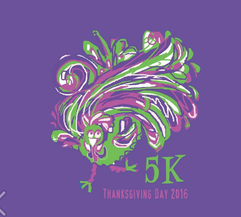
The event starts and ends on the grounds of the historic Depot in Bay St. Louis (1928 Depot Way, Bay St. Louis) on Thankgiving morning, November 24th. The cost for the 5k is $30 (pre-registered) and $35 (race day register) and $10 for the Fun Run (pre-register for either online now).
Those who haven’t preregistered online can do so at least one hour before start time. The 5k race starts at 8am, and the Fun Run at 8:45.
Both the certified 5k course and the one-mile Fun Run routes thread through the scenic historic district and along the beachfront before circling back to the Depot.
Awards will go to the First Overall Male and Female, First Overall Masters Male and Female and to the top three finishers in the age groups. Everyone who crosses the finish line gets an event t-shirt.
Helene said that Friends of the Animal Shelter will have a booth set up at the depot and will be able to accept additional donations of pet food, treats and toys – as well as monetary donations.
Last year, the Turkey Trot raised $1500 for the non-profit, which helps with their programs like free or low-cost spay and neuter. In 2015, Friends spayed or neutered 782 dogs and cats at no cost to their owners.
“It benefits a good cause, it brings families together and it’s healthy,” says Helene. “It’s a feel-great way to start off the holiday season.”
Helene notes that volunteers are always needed and welcome – even for simple tasks like handing out waters and medals. To help, call Helene at 228-342-6038.
Citizen Scientists
At the end of the story, you'll find info about the Hancock County October bird count and learn how you can help!
- story by Lisa Monti
|
If you enjoy the beauty of the monarch butterflies on their migration to Mexico this time of year, imagine helping to capture, measure and tag the delicate Monarchs to gain information about their incredible journey.
Volunteers in the international network of citizen scientists are keeping an eye on the butterflies to gather information on how many successfully make the trip to Mexico. Gathering information on the Monarch migration is just one of many hands-on ways that volunteer “citizen scientists” can assist researchers as they observe and record our changing natural environment. |
Beach to Bayou
|
You don’t need a scientific background, just an interest in our coastal resources and creatures that share it with us. “We do the training for you,” said Parker. The most time you’ll spend is three hours per month.
If you’re interested in the water quality where you live, volunteer to help scientists keep tabs on our waterways. There are two in Hancock County that are monitored monthly: Magnolia Bayou near the Yacht Club and Watts Bayou. The testing sessions take about an hour to complete.
Volunteers learn first hand about the natural world and get the satisfaction of knowing they are contributing data so we can get a much fuller picture of what’s going on in the world.
Find more information about the center and the volunteer opportunities at http://pascagoulariver.audubon.org or email Parker at eparker@audubon.org.
Hancock County Fall 2016 Schedule
Washington Street Pier, Bay St. Louis-Hancock, Audubon Coastal Bird Survey
Site Description: This site has a sandy beach shoreline, ending at Washington Street Pier, which has rocky jetties on either side. Reddish egrets, ruddy turnstones, and a variety of plovers and sandpipers are common on the mudflats directly adjacent to the jetty. The opposite side of the road has mature live oaks and suburban yards which attracts common suburban passerine species such as mockingbirds, crows, and blue jays.
Meeting location: Washington Street Pier and Boat Launch. There is ample parking available near the pavilion.
ACBS Site Coordinator: Judy Reeves, judyjreeves@gmail.com
(Note: Contact ACBS Site Coordinator to participate and verify schedule)
Schedule:
Tuesday, October 18, 2016
7:00 AM--8:30 AM
Saturday, October 29, 2016
7:00 AM--8:30 AM
Ladner Pier, Waveland, MS-Hancock, Audubon Coastal Bird Survey
Site Description: This site has sandy beach on either side of a large pier, with rocky jetties on either side. Reddish egrets, Ruddy turnstones, and a variety of plovers and sandpipers are common on the mudflats directly adjacent to the jetty. The opposite side of the road has mature live oaks and suburban yards which attracts common suburban passerine species such as mockingbirds, crows, and blue jays.
Meeting location: Ladner Pier (parking area) 125 N Beach Blvd, Waveland, MS 39576
ACBS Site Coordinator: Barbara Bowen (602) 319-0538 or bbwilletslp@yahoo.com, (Note: Contact ACBS Site Coordinator to participate and verify schedule)
Schedule: Friday, October 14, 2016
7:00 AM-8:30 AM
Bayou Caddy, Bay St. Louis, MS-Hancock, Audubon Coastal Bird Survey
Site Description: This site has a sandy shoreline, and many artificial pilings, jetties, and structures. On the other side of the quiet street, you can often see a variety of blackbirds on the power lines. There is also a marsh system across the street, where bald eagles and a variety of herons and egrets are often seen. The sandy shoreline generally has large groups of small shorebirds foraging on the tide line. The artificial structures have gulls, pelicans, and terns.
Meeting location: Silver Slipper Casino (parking lot), 5000 S Beach Blvd, Bay St. Louis, MS 39520. Ample parking is available.
ACBS Site Coordinator: Ned Boyajian, nedrbo@gmail.com (Note: Contact ACBS Site Coordinator to participate and verify schedule)
Schedule:
Monday, October 17, 2016
7:00 AM 8:00 AM
Buccaneer Beach, Waveland, MS-Hancock, Audubon Coastal Bird Survey
Site Description: This site mostly consists of a seawall, with limited areas of sandy shoreline. Many jetties and artificial structures exist, where pelicans, eagles, ospreys, terns, and gulls perch. The shorebirds are condensed onto the small patches of sandy shoreline. The opposite side of the road has many perching birds of all varieties on mature vegetation. Some sections have productive marsh habitats, so marsh birds such as herons, egrets, sparrows, and wrens are common.
Meeting location: Corner of Forest Street and South Beach Blvd, Bay St. Louis, MS 39520. Limited parking available on the shoulder of the road.
ACBS Site Coordinator: Ned Boyajian, nedrbo@gmail.com, (Note: Contact ACBS Site Coordinator to participate and verify schedule)
Schedule:
Monday, October 17, 2016
9:00 AM 10:00 AM
*To sign up online to become Audubon Volunteer, please visit us at https://app.betterimpact.com/PublicOrganization/fb88f60d-ae22-4234-a99a-51c2607450d9/1
Categories
All
15 Minutes
Across The Bridge
Aloha Diamondhead
Antiques
Architecture
Art
Arts Alive
Arts Locale
At Home In The Bay
Bay Bride
Bay Business
Bay Reads
Bay St. Louis
Beach To Bayou
Beach-to-bayou
Beautiful Things
Benefit
Big Buzz
Boats
Body+Mind+Spirit
Books
BSL Council Updates
BSL P&Z
Business
Business Buzz
Casting My Net
Civics
Coast Cuisine
Coast Lines Column
Day Tripping
Design
Diamondhead
DIY
Editors Notes
Education
Environment
Events
Fashion
Food
Friends Of The Animal Shelter
Good Neighbor
Grape Minds
Growing Up Downtown
Harbor Highlights
Health
History
Honor Roll
House And Garden
Legends And Legacies
Local Focal
Lodging
Mardi Gras
Mind+Body+Spirit
Mother Of Pearl
Murphy's Musical Notes
Music
Nature
Nature Notes
New Orleans
News
Noteworthy Women
Old Town Merchants
On The Shoofly
Parenting
Partner Spotlight
Pass Christian
Public Safety
Puppy-dog-tales
Rheta-grimsley-johnson
Science
Second Saturday
Shared History
Shared-history
Shelter-stars
Shoofly
Shore Thing Fishing Report
Sponsor Spotlight
Station-house-bsl
Talk Of The Town
The Eyes Have It
Tourism
Town Green
Town-green
Travel
Tying-the-knot
Video
Vintage-vignette
Vintage-vignette
Waveland
Weddings
Wellness
Window-shopping
Wines-and-dining
Archives
April 2024
March 2024
June 2023
March 2023
February 2023
January 2023
December 2022
November 2022
October 2022
September 2022
August 2022
July 2022
June 2022
May 2022
April 2022
March 2022
February 2022
January 2022
December 2021
November 2021
October 2021
September 2021
August 2021
July 2021
June 2021
May 2021
April 2021
March 2021
February 2021
January 2021
December 2020
November 2020
October 2020
September 2020
August 2020
July 2020
June 2020
May 2020
April 2020
March 2020
February 2020
January 2020
December 2019
November 2019
October 2019
September 2019
August 2019
July 2019
June 2019
May 2019
April 2019
March 2019
February 2019
January 2019
December 2018
November 2018
October 2018
September 2018
August 2018
July 2018
June 2018
May 2018
April 2018
March 2018
February 2018
January 2018
December 2017
November 2017
October 2017
September 2017
August 2017
July 2017
June 2017
May 2017
April 2017
March 2017
February 2017
January 2017
December 2016
November 2016
October 2016
September 2016
August 2016
July 2016
June 2016
May 2016
April 2016
March 2016
February 2016
January 2016
December 2015
November 2015
October 2015
September 2015
August 2015
July 2015
June 2015
May 2015
April 2015
March 2015
February 2015
January 2015
December 2014
November 2014
August 2014
January 2014
November 2013
August 2013
June 2013
March 2013
February 2013
December 2012
October 2012
September 2012
May 2012
March 2012
February 2012
December 2011
November 2011
October 2011
September 2011
August 2011
July 2011
June 2011




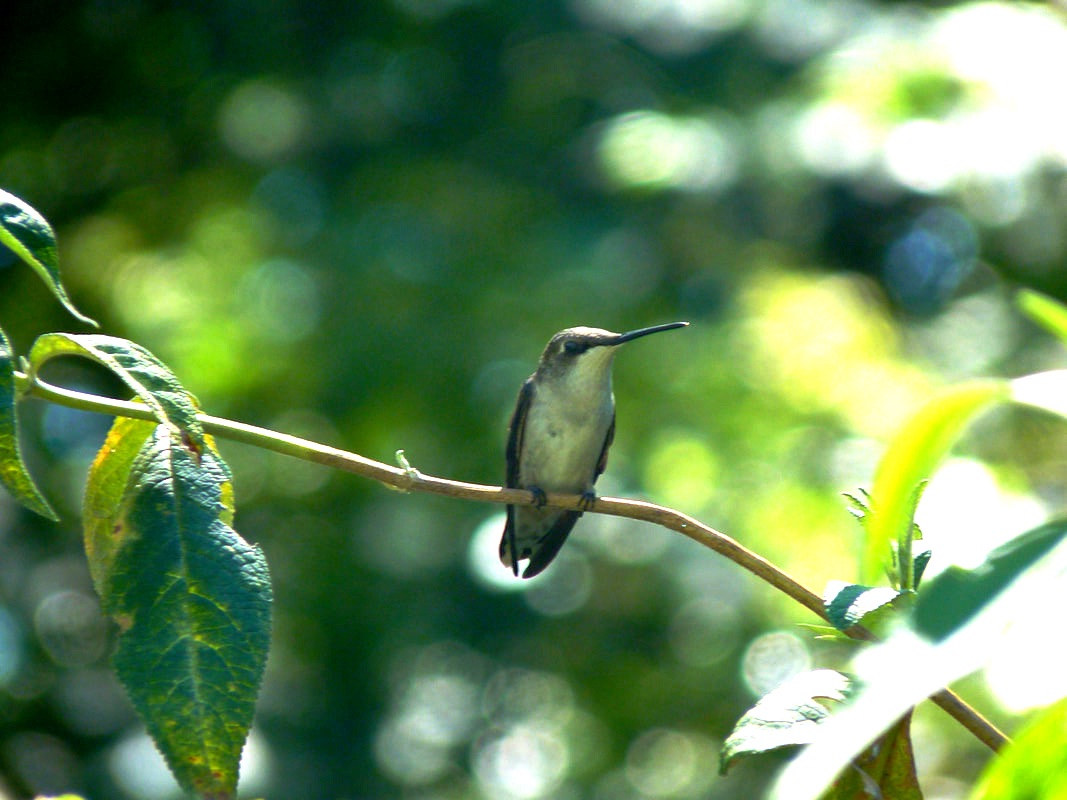
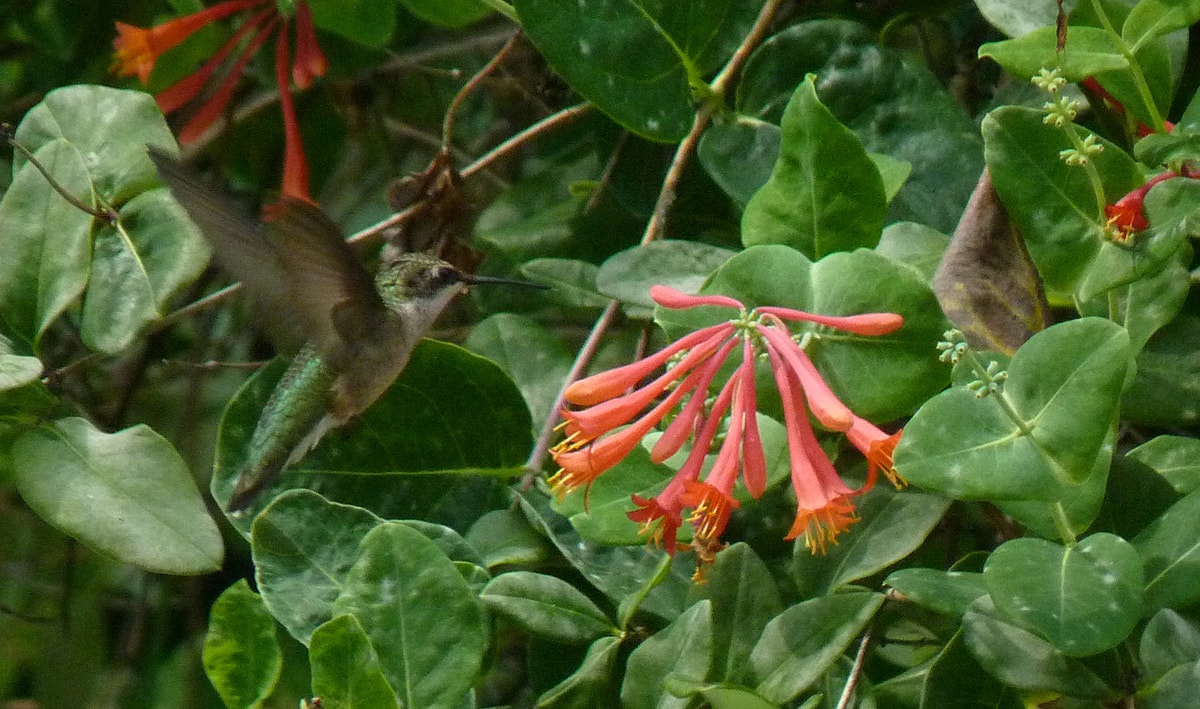
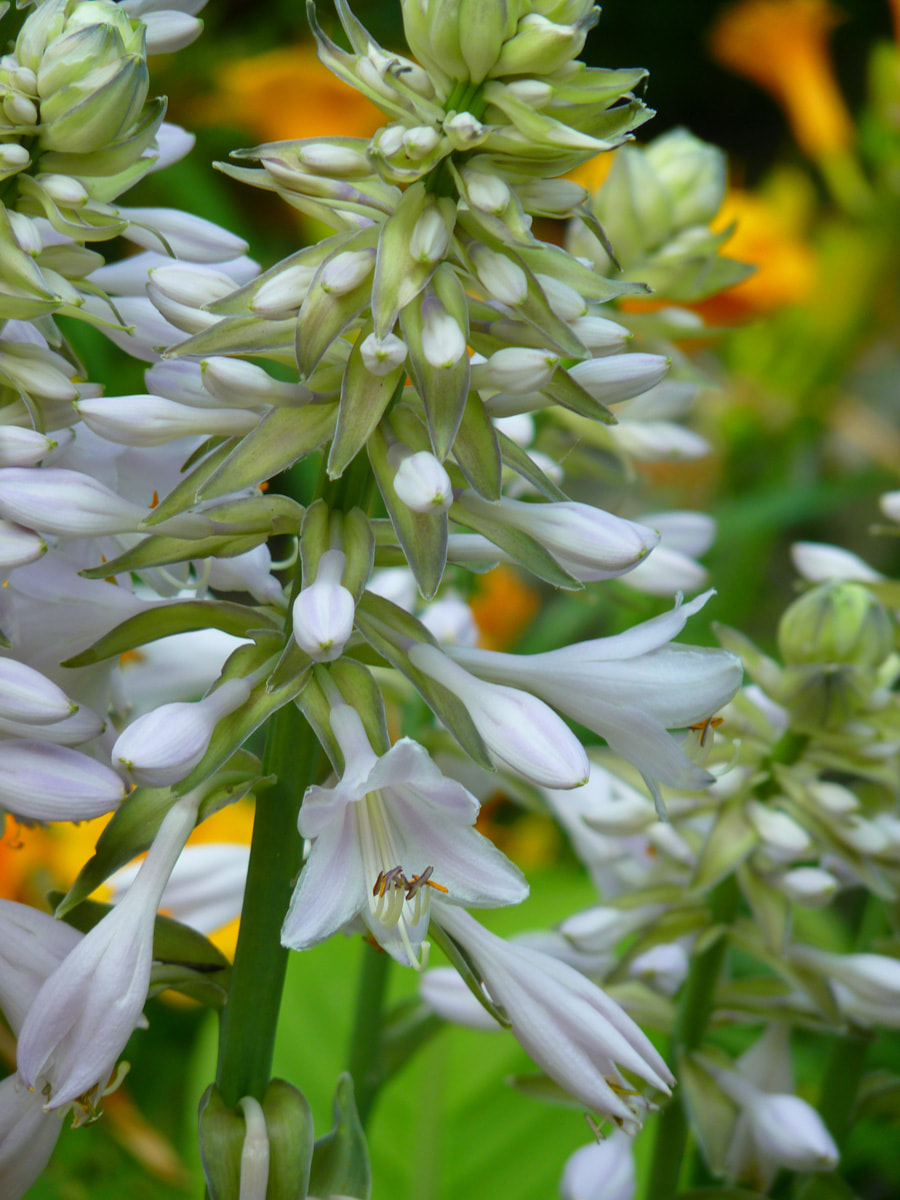
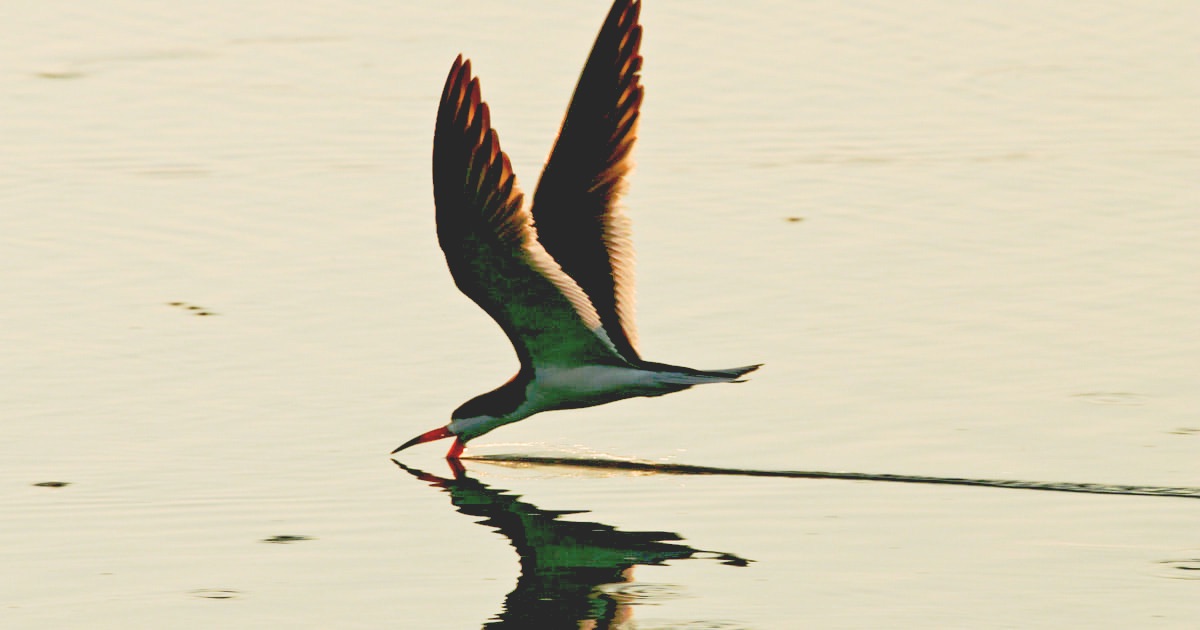

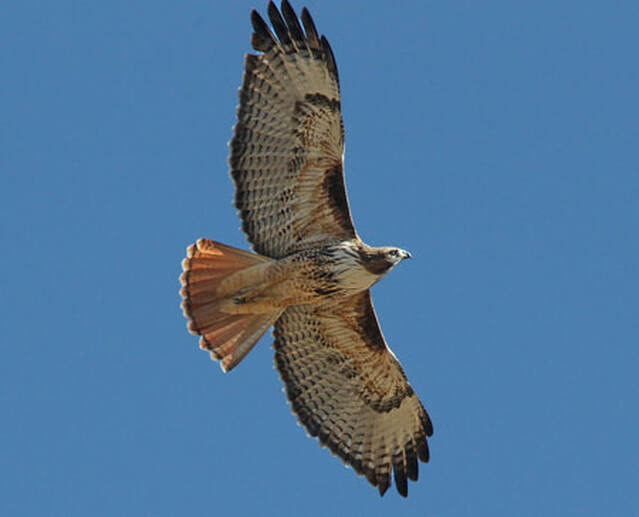
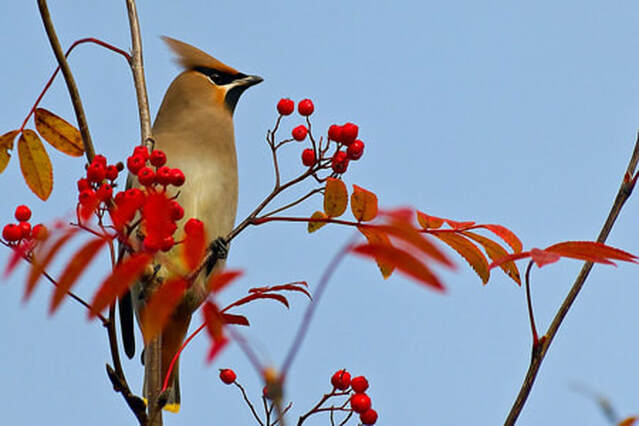
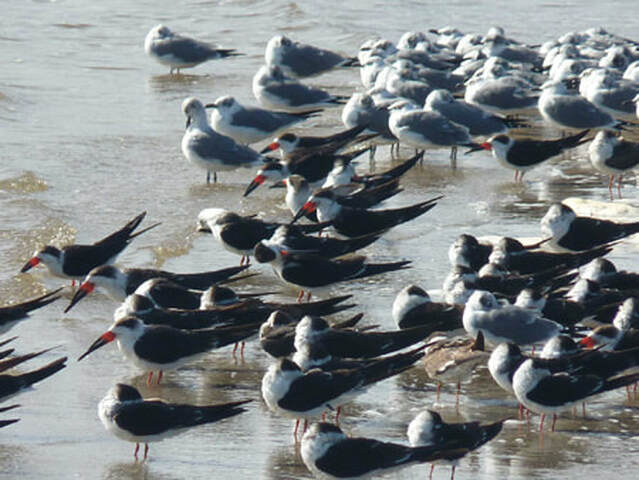

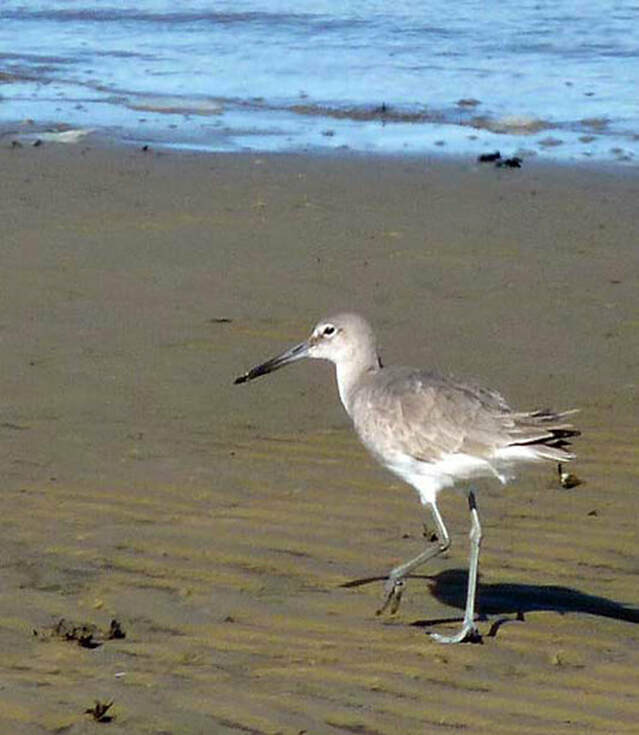
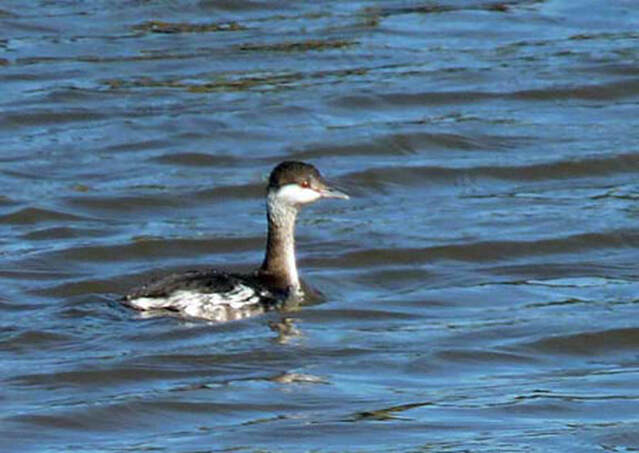
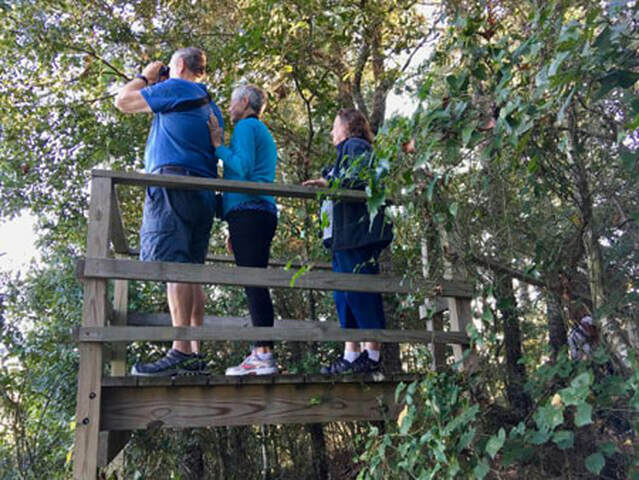


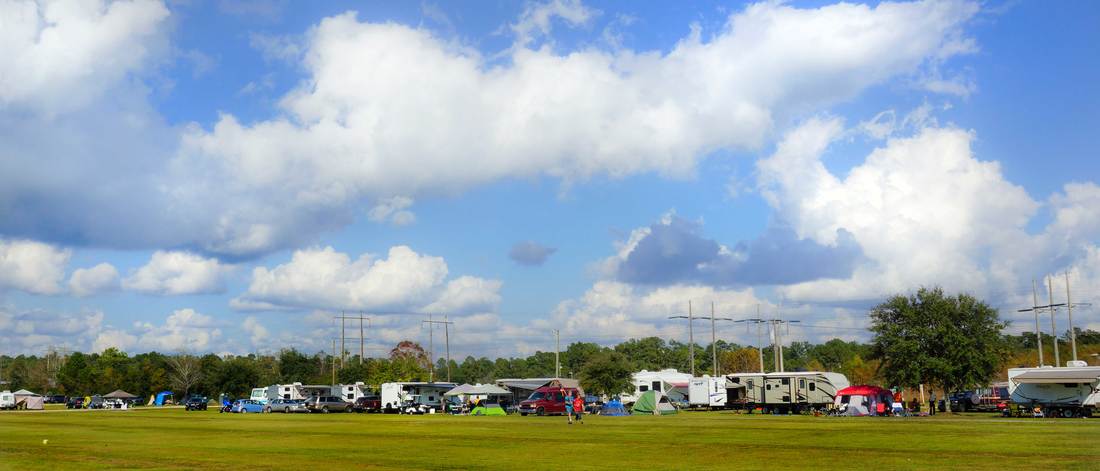

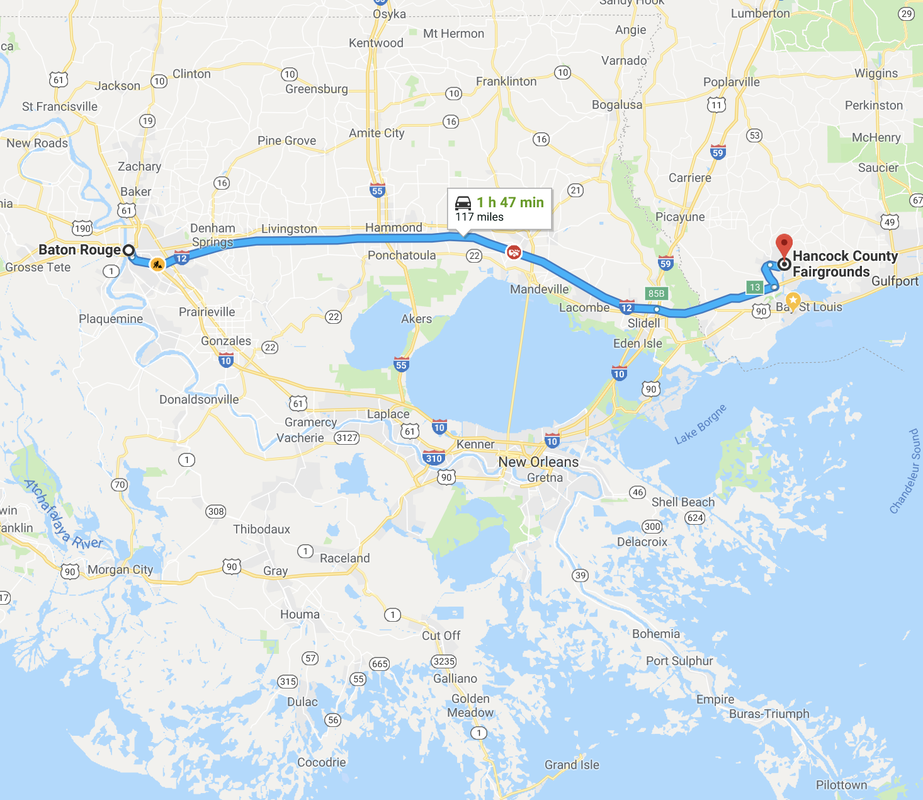

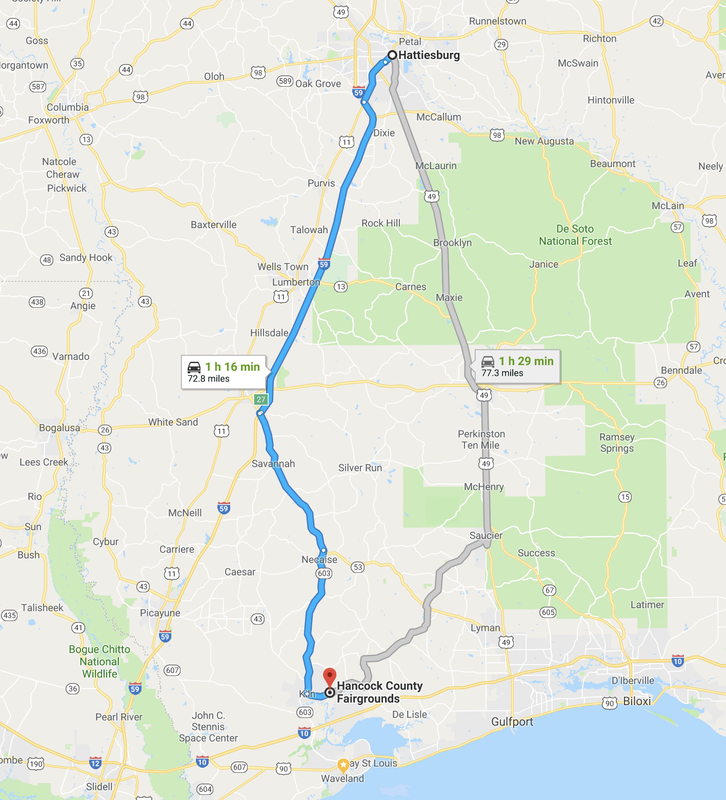
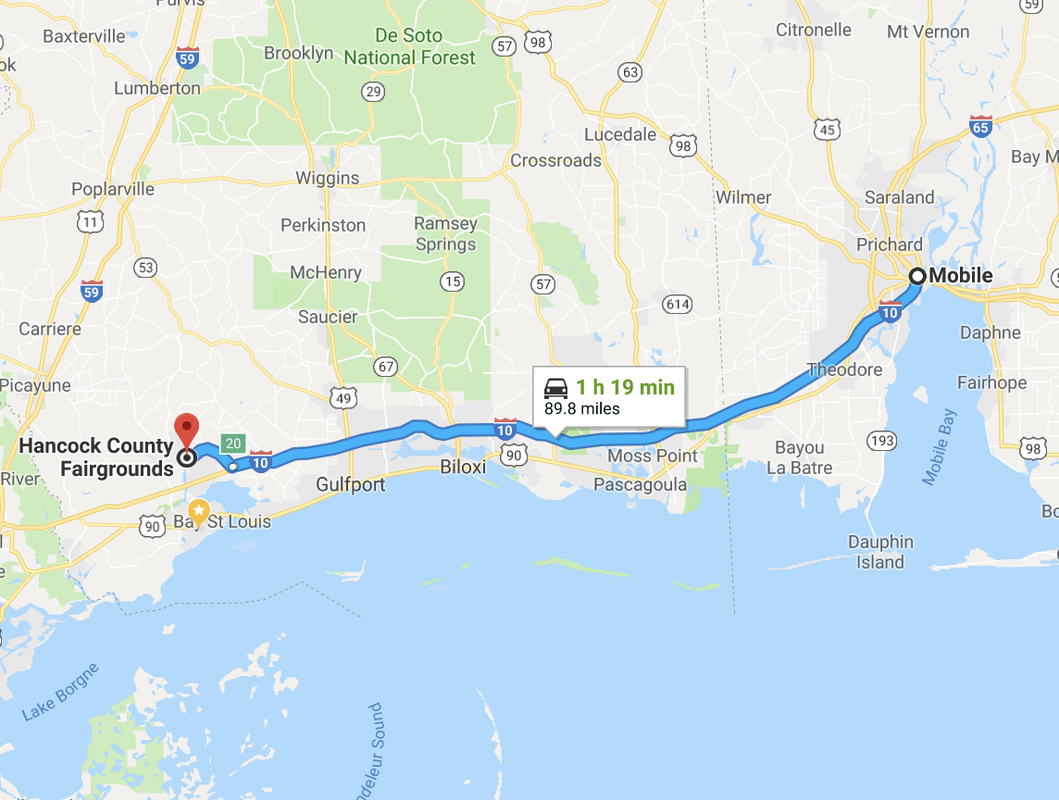
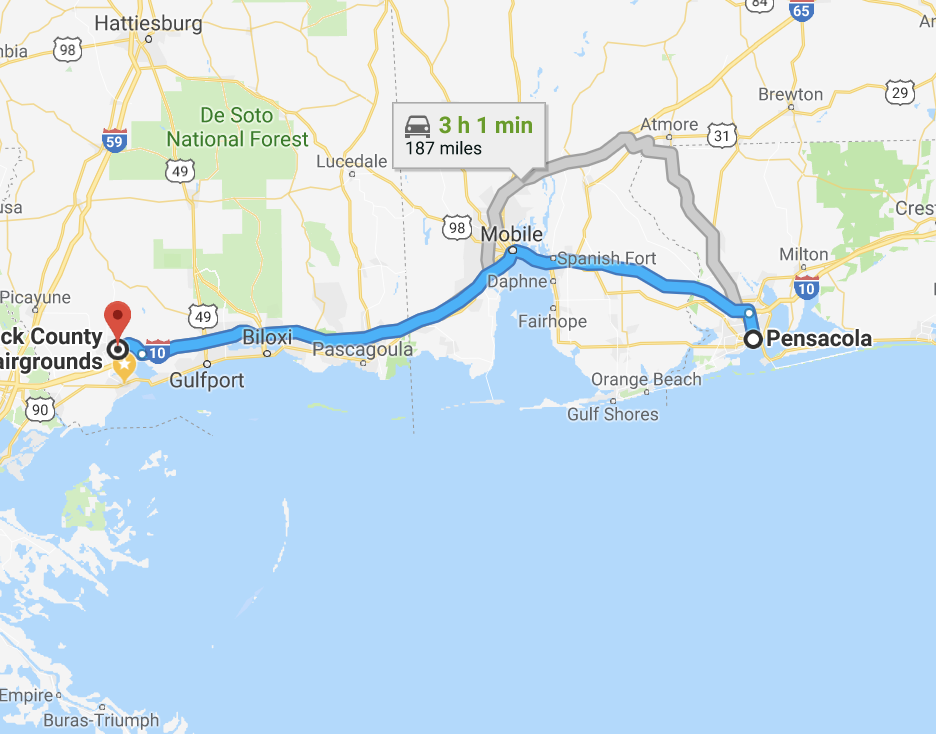
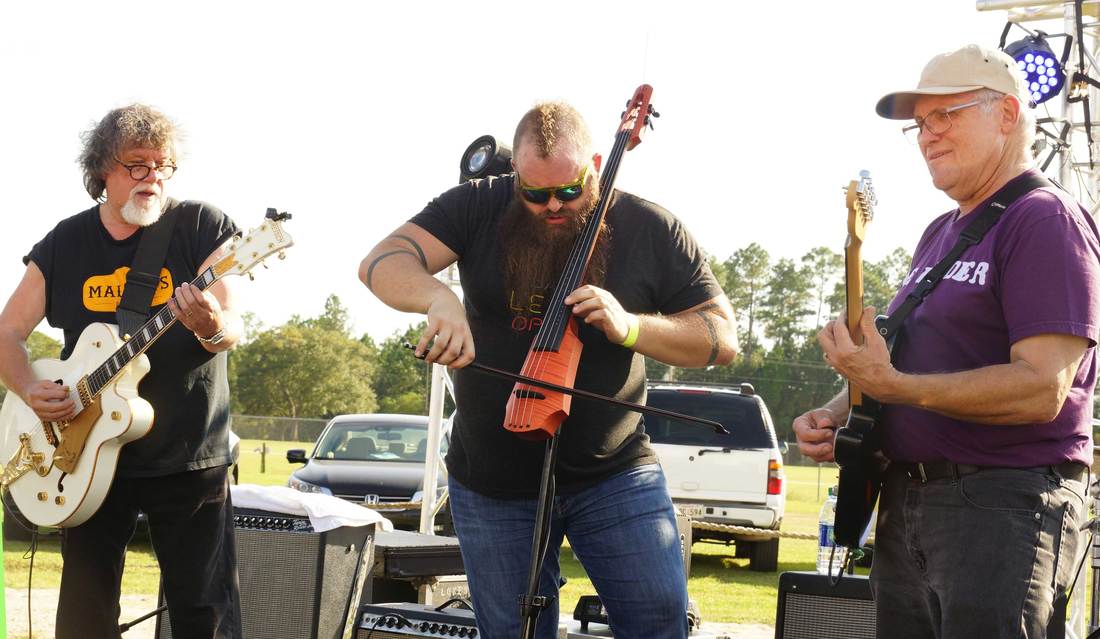

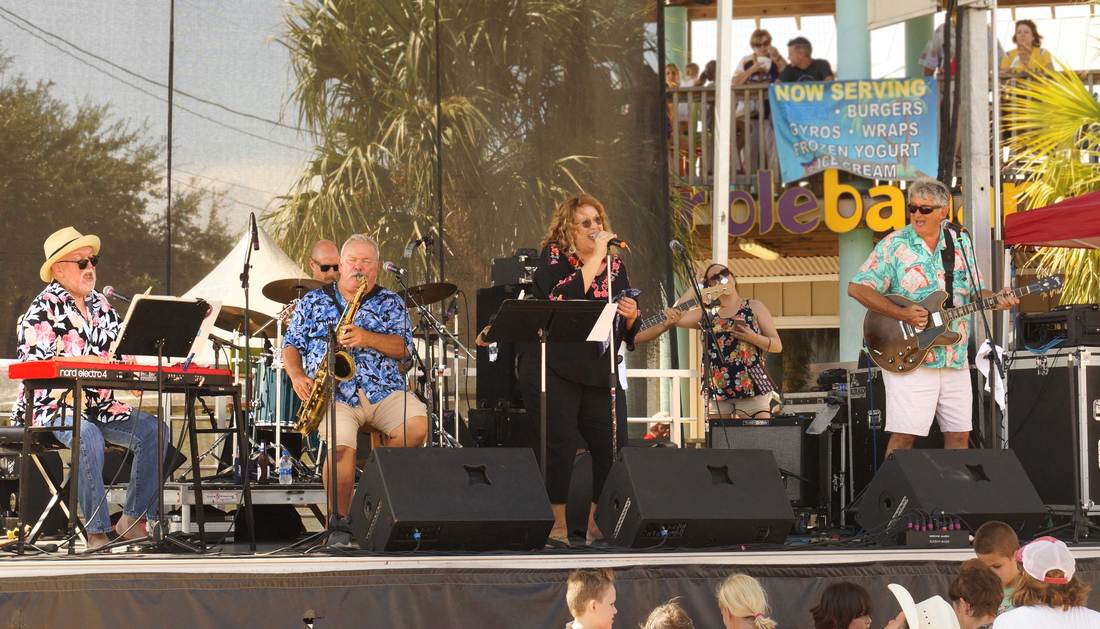
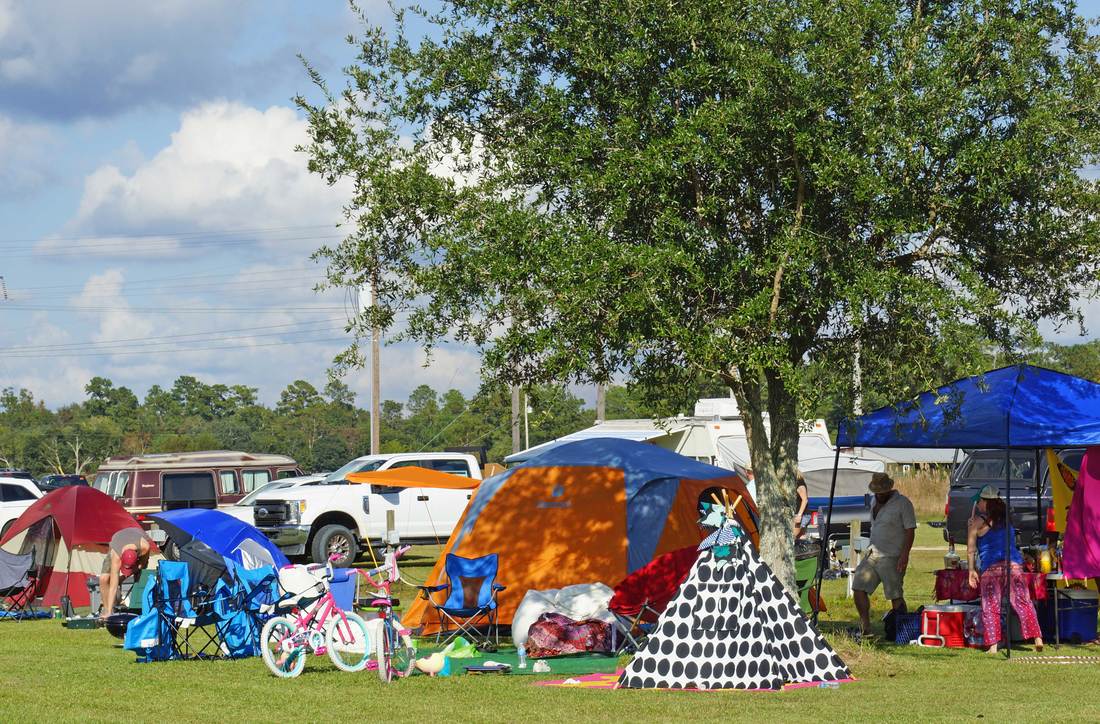
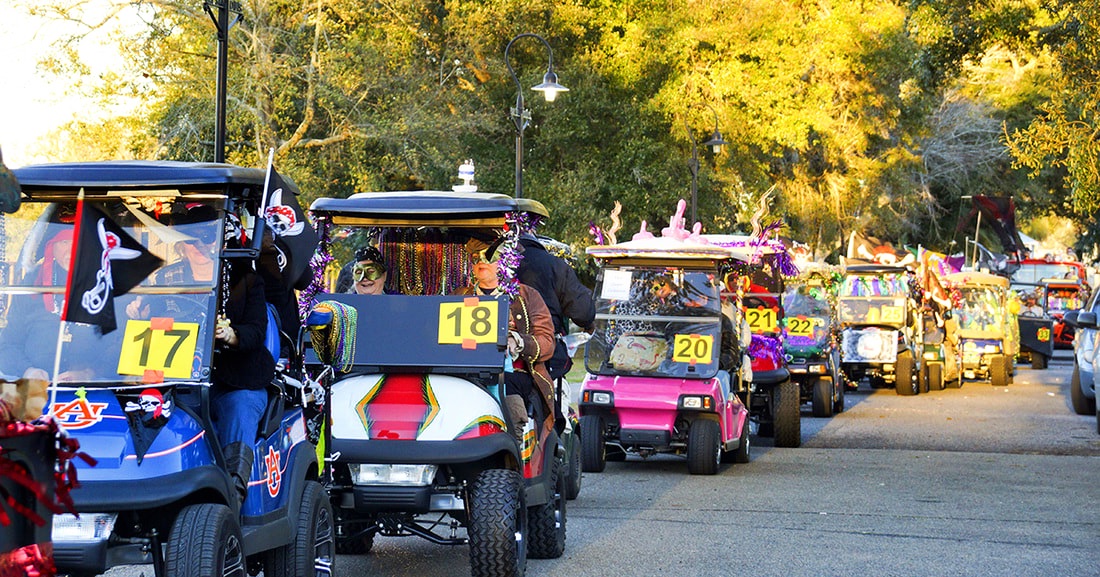



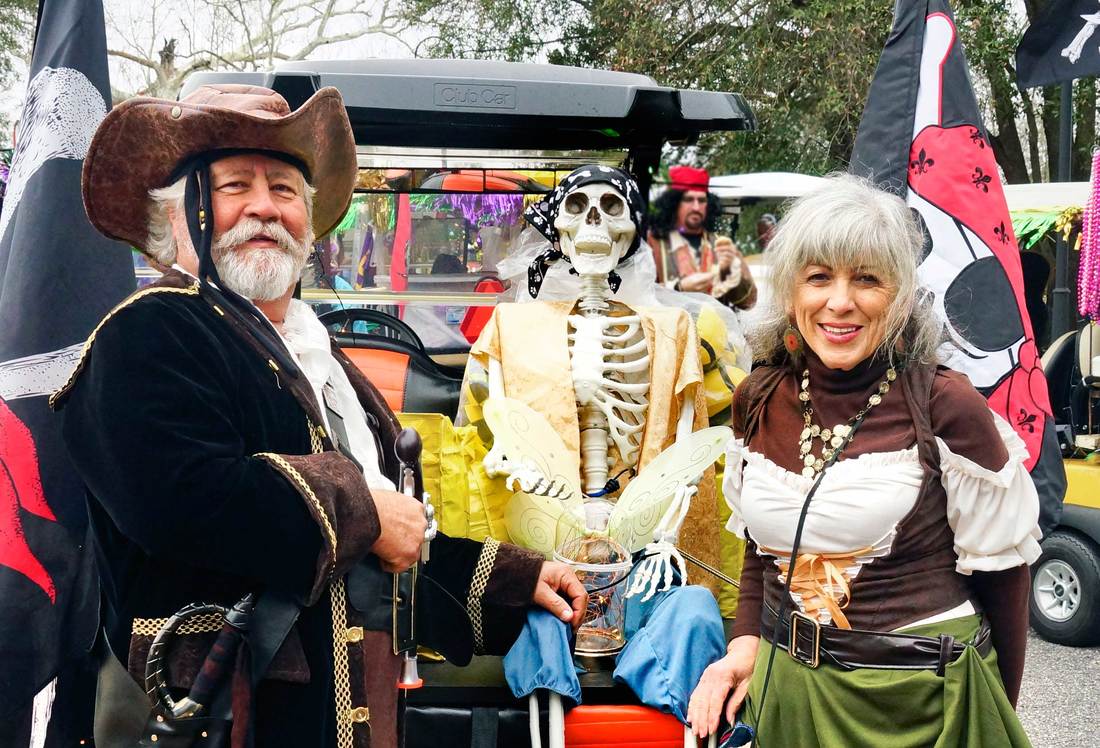
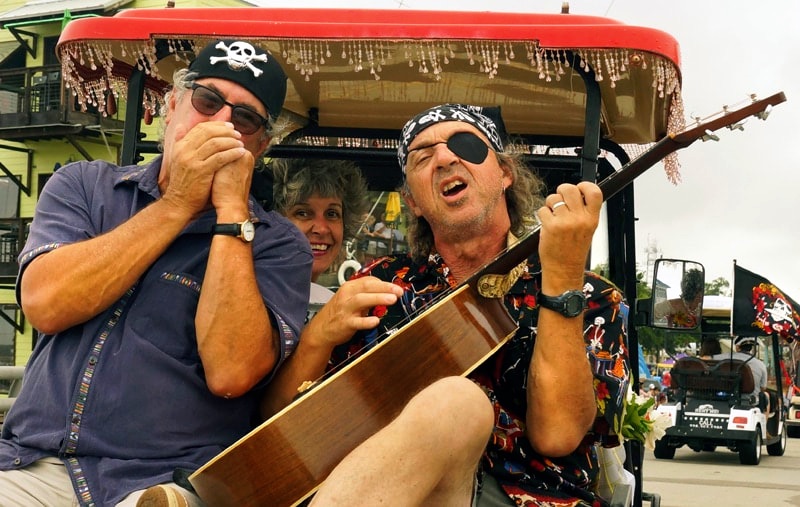
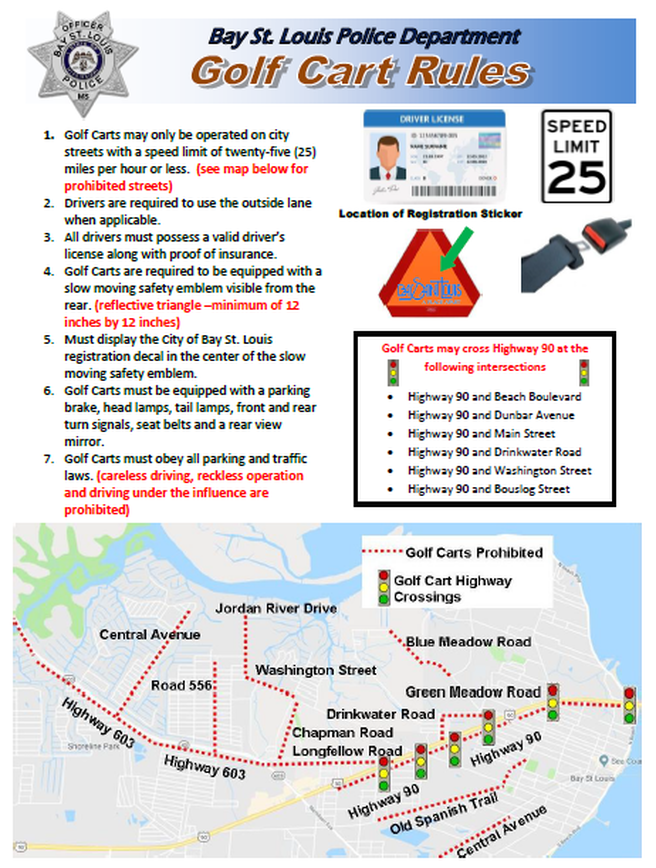
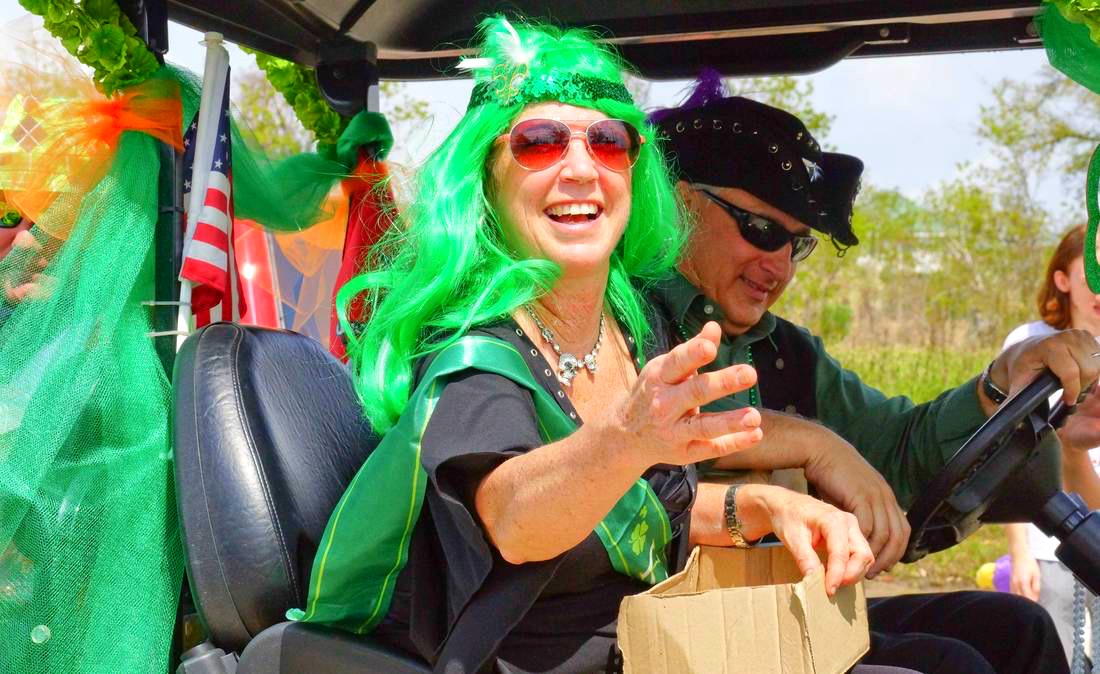
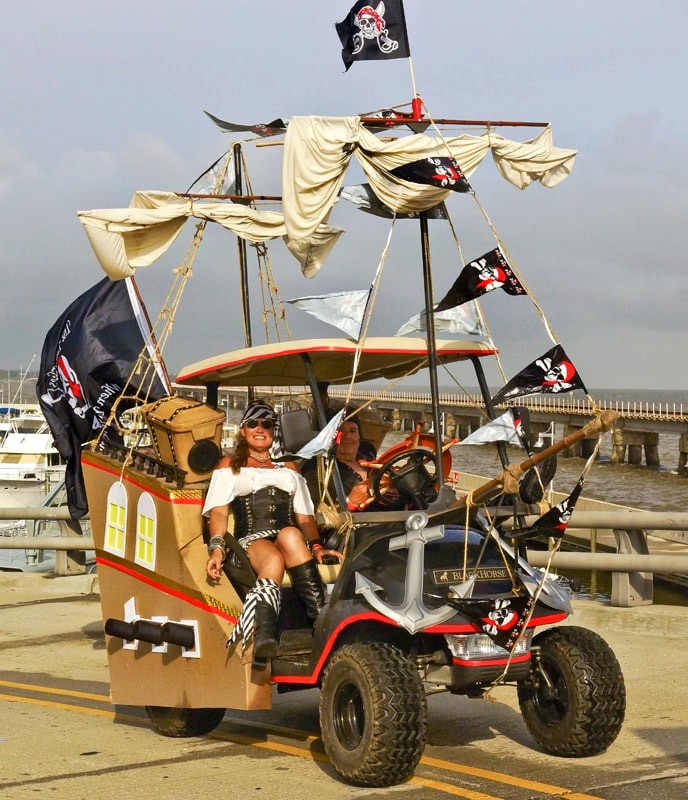
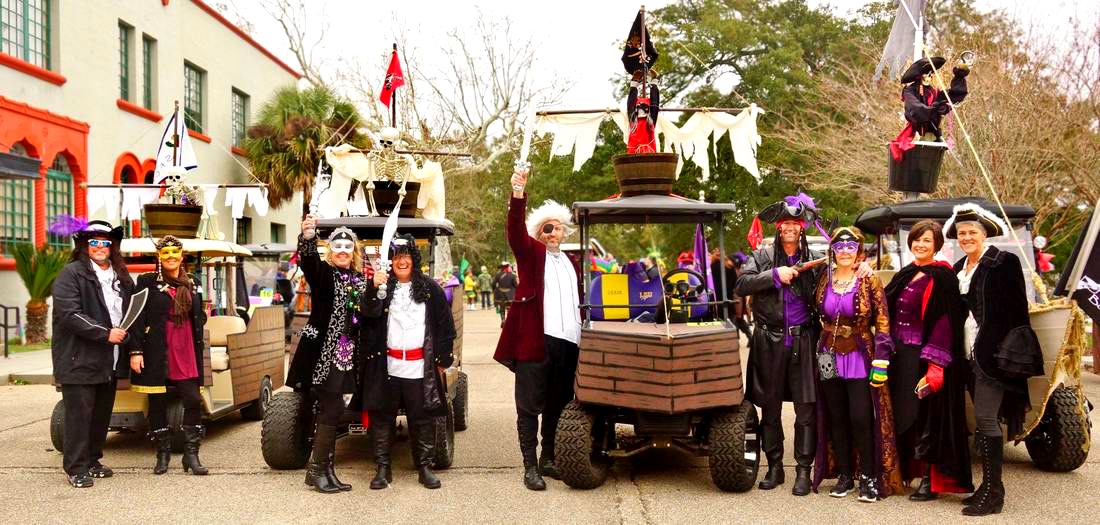
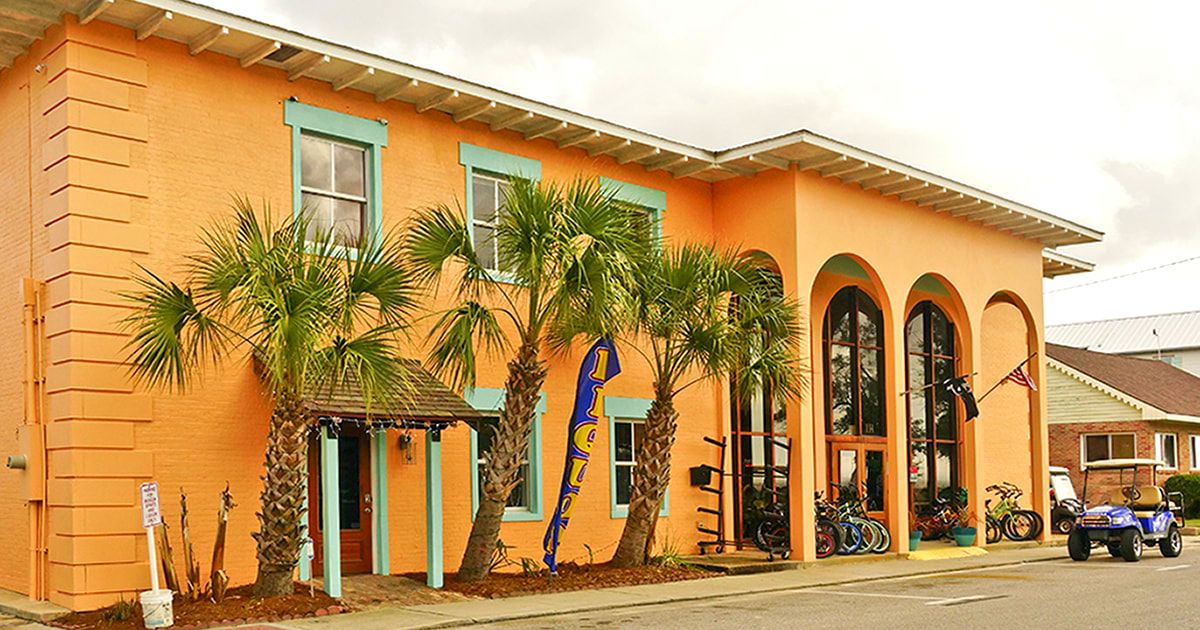
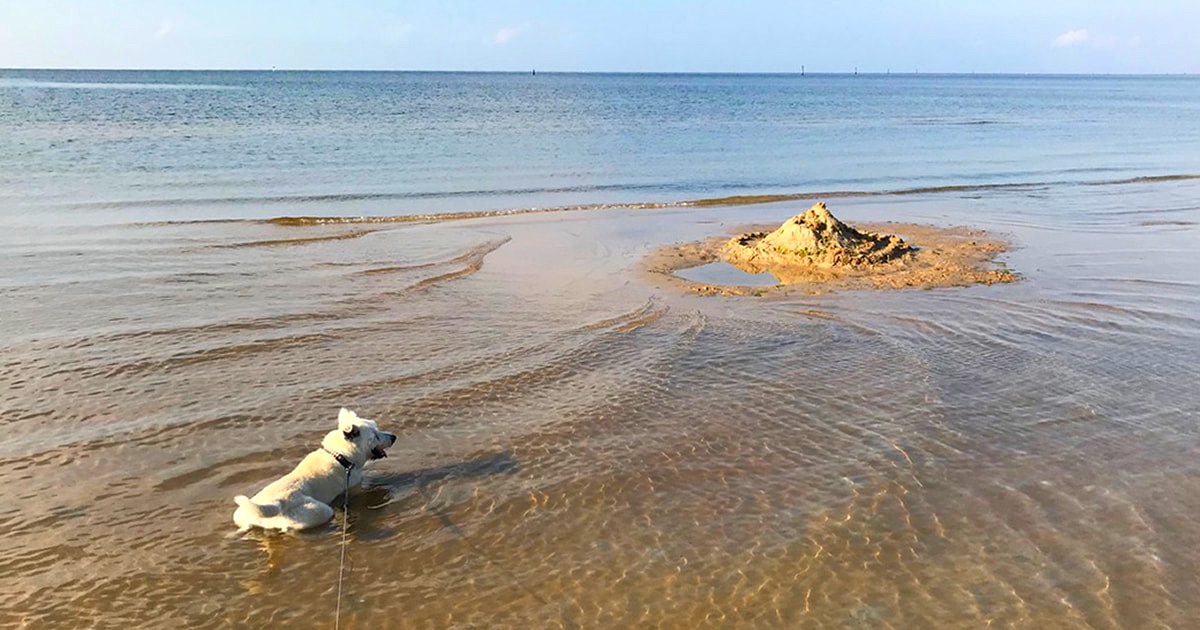





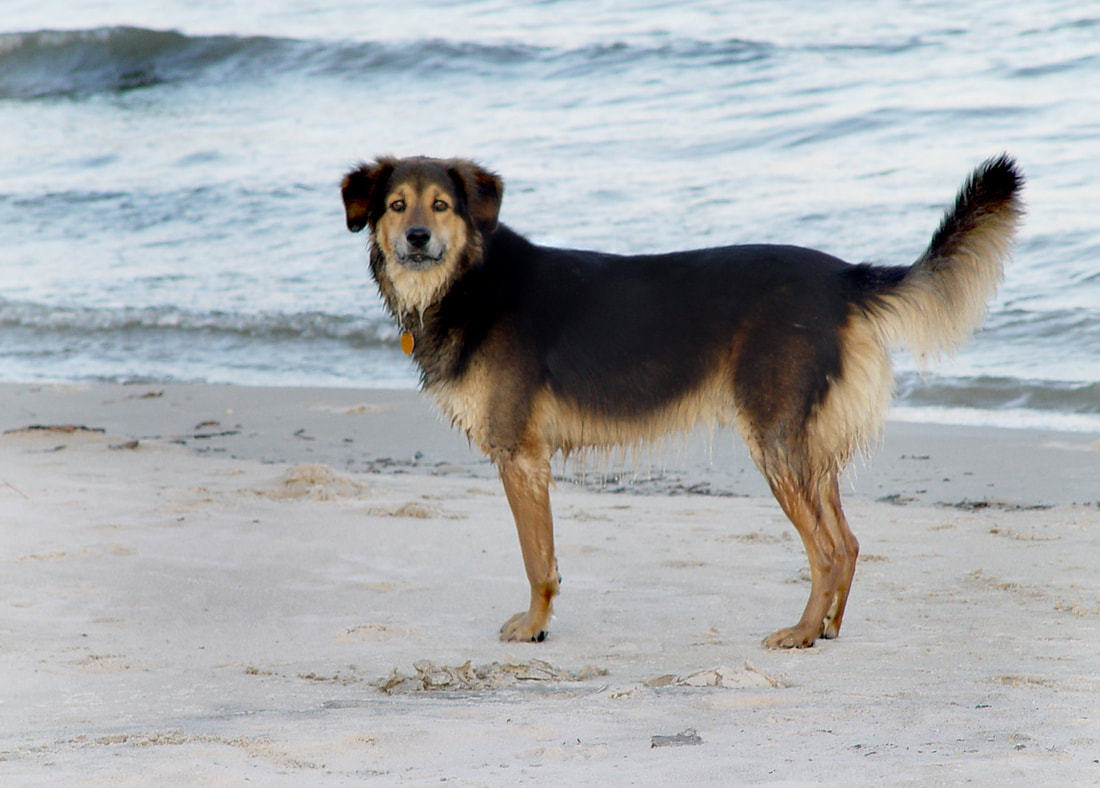
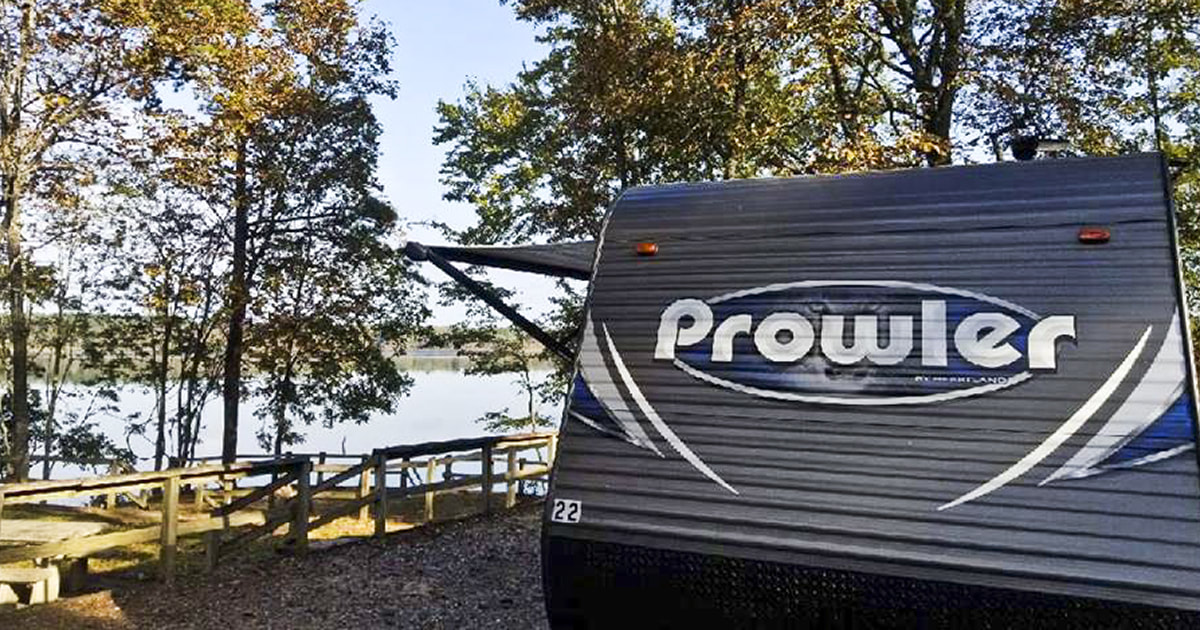
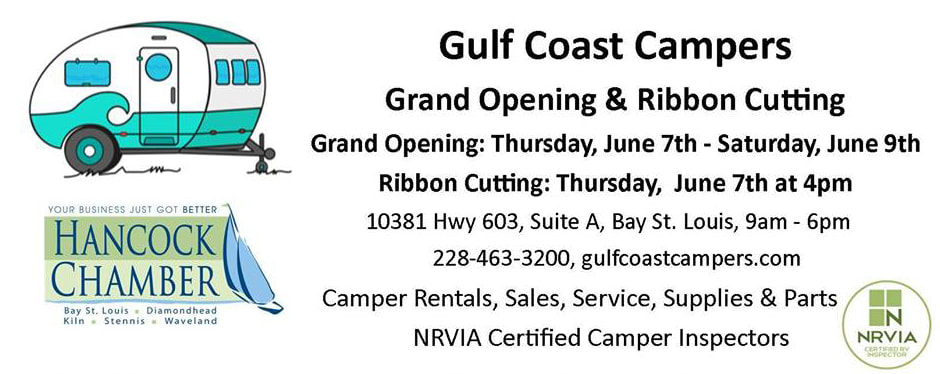
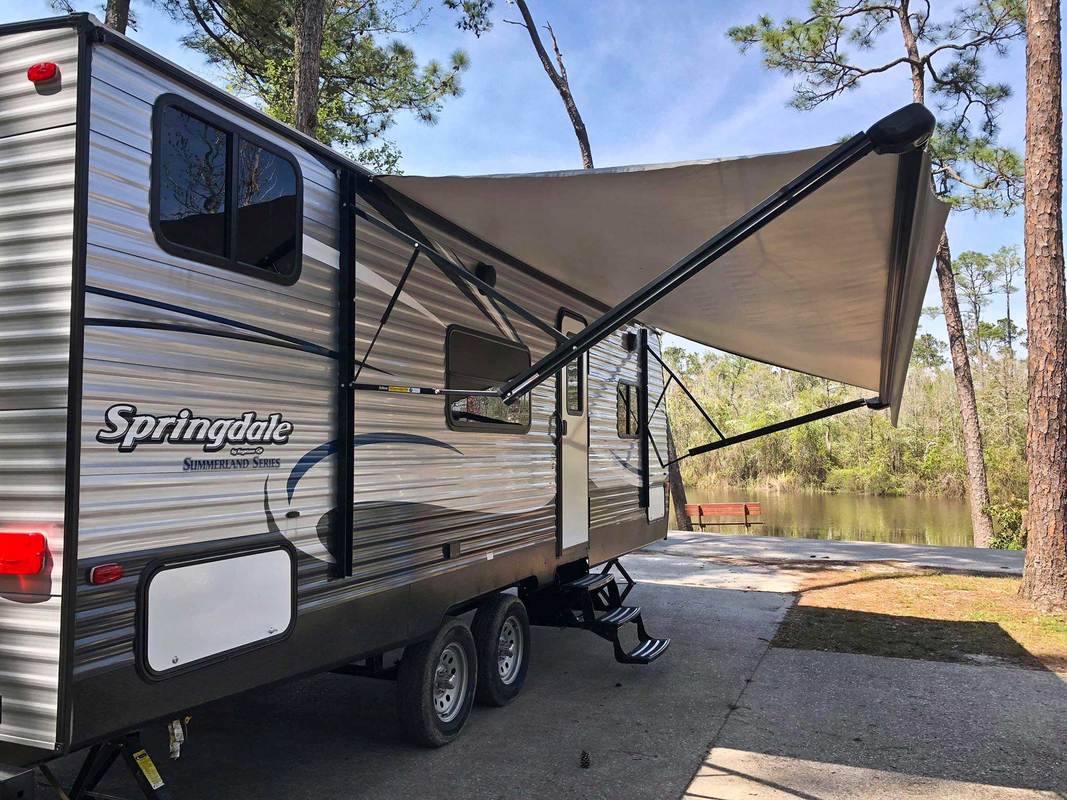
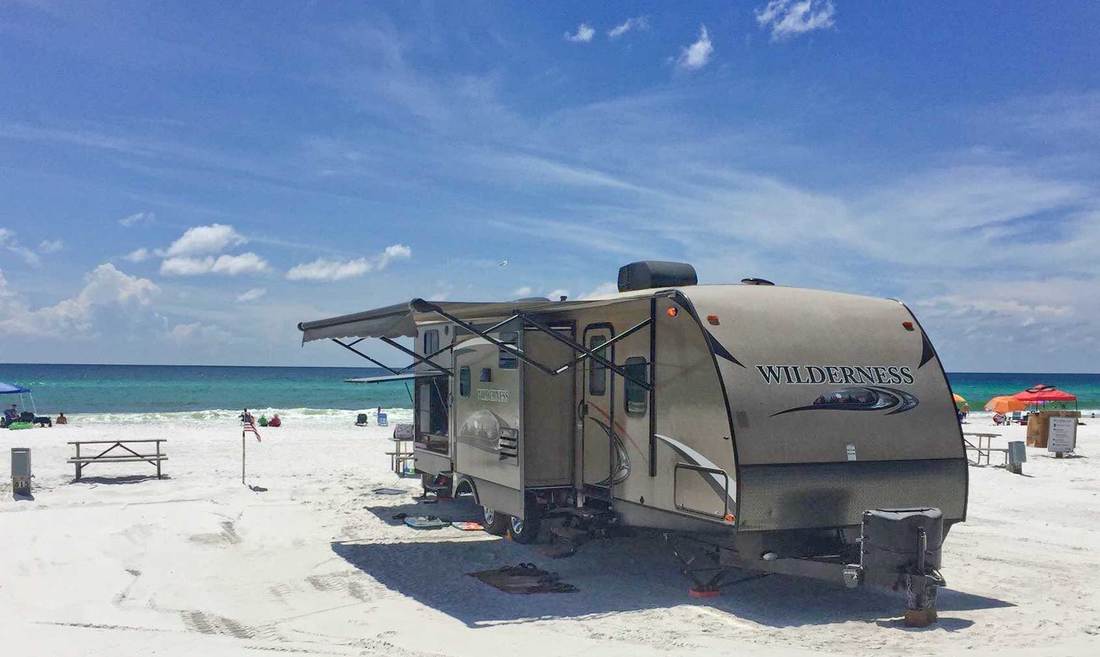
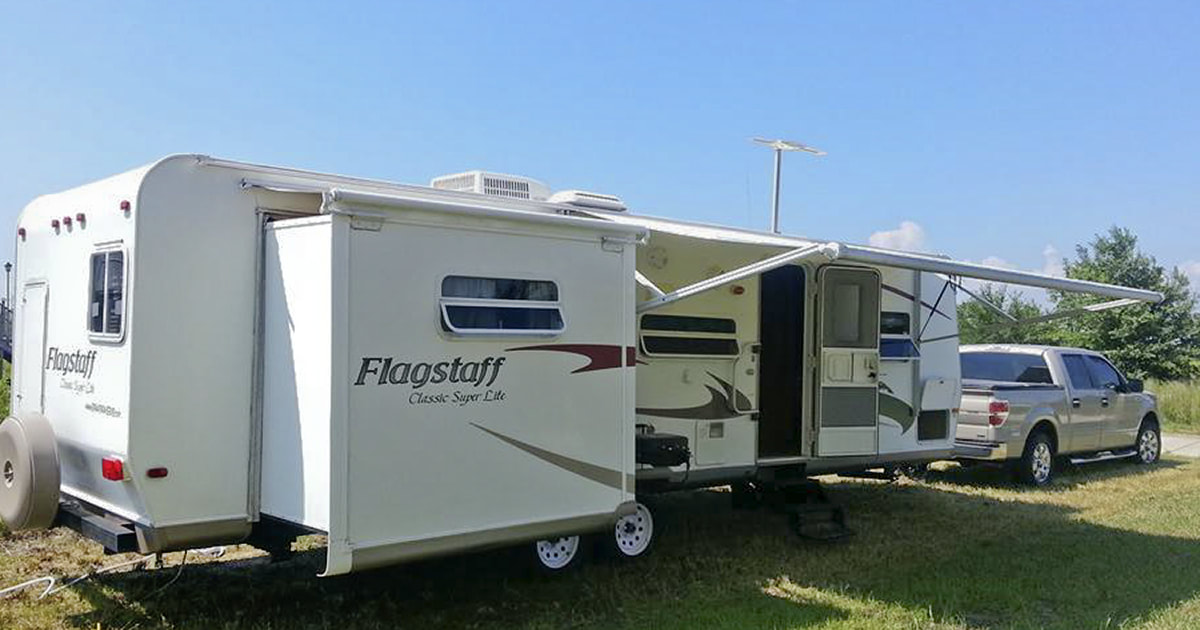

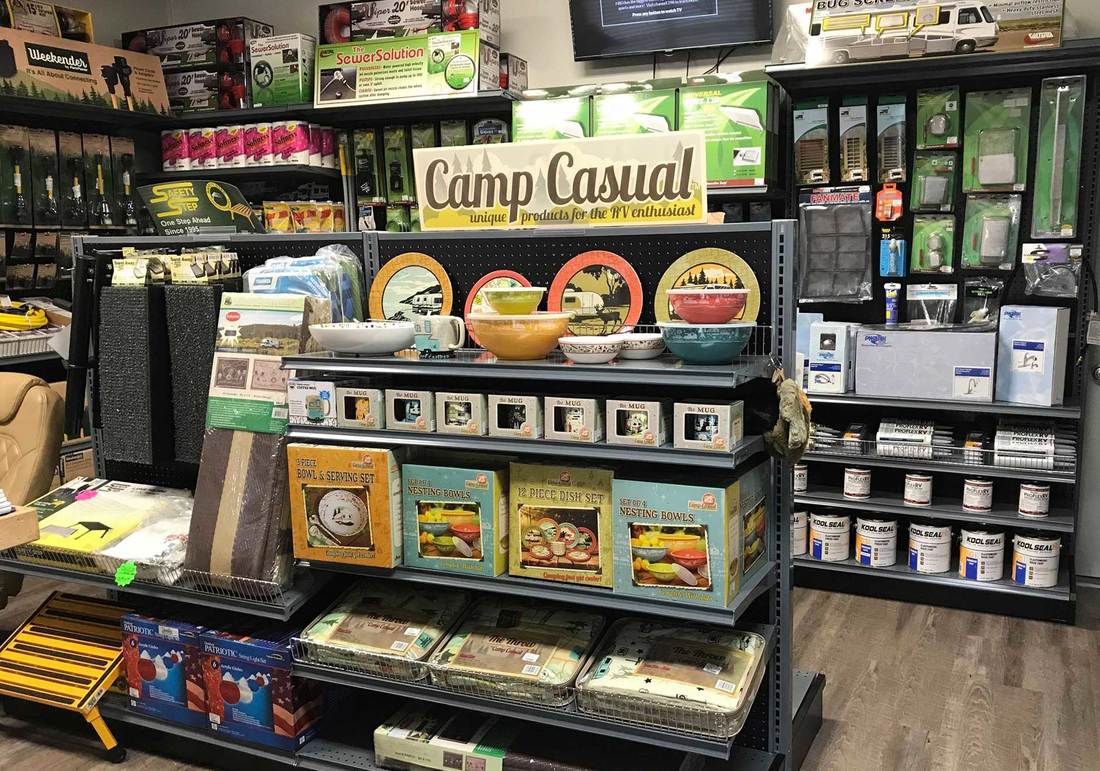

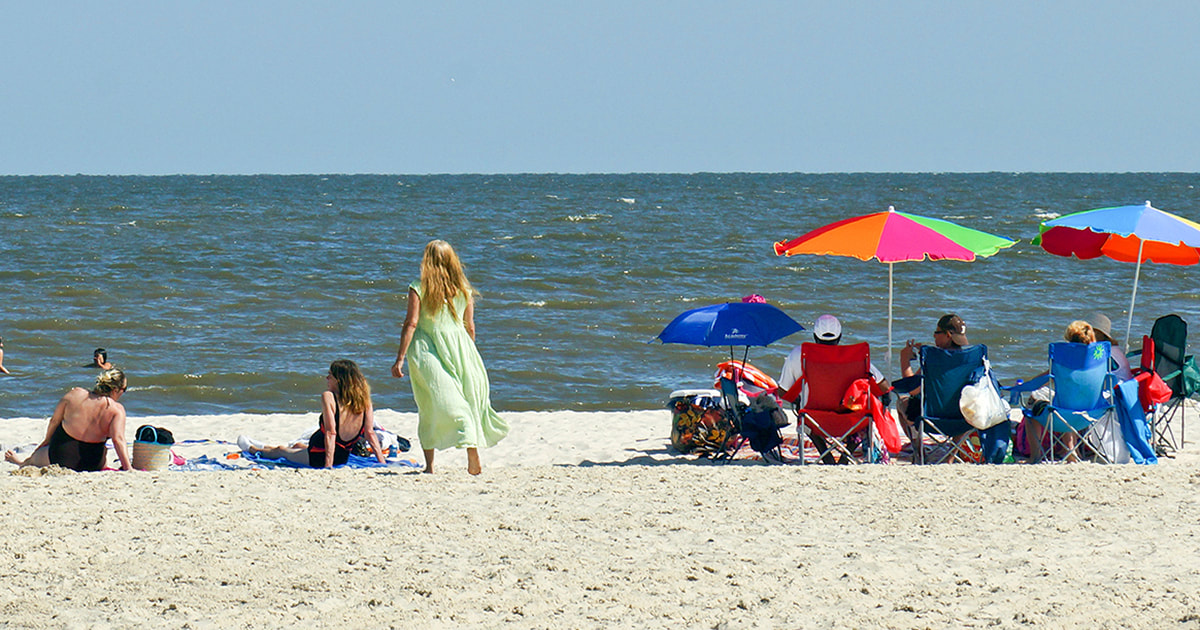


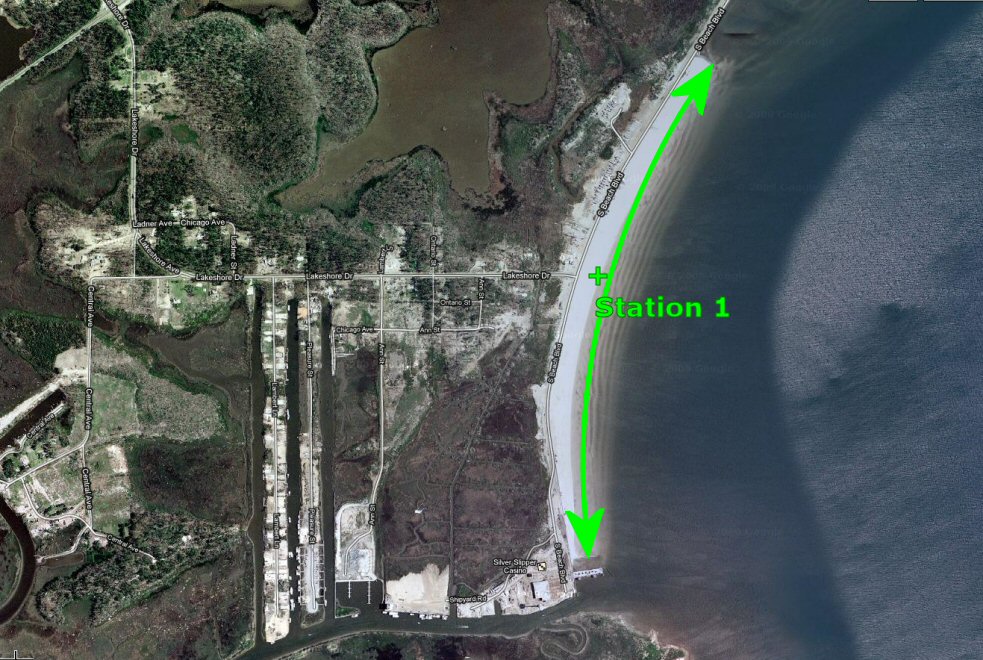
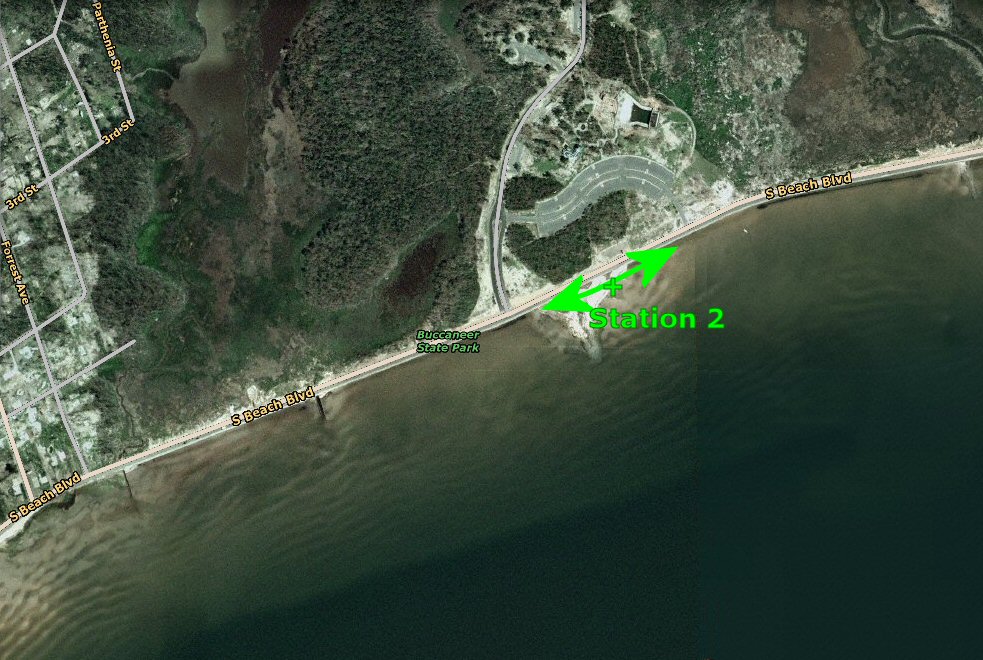
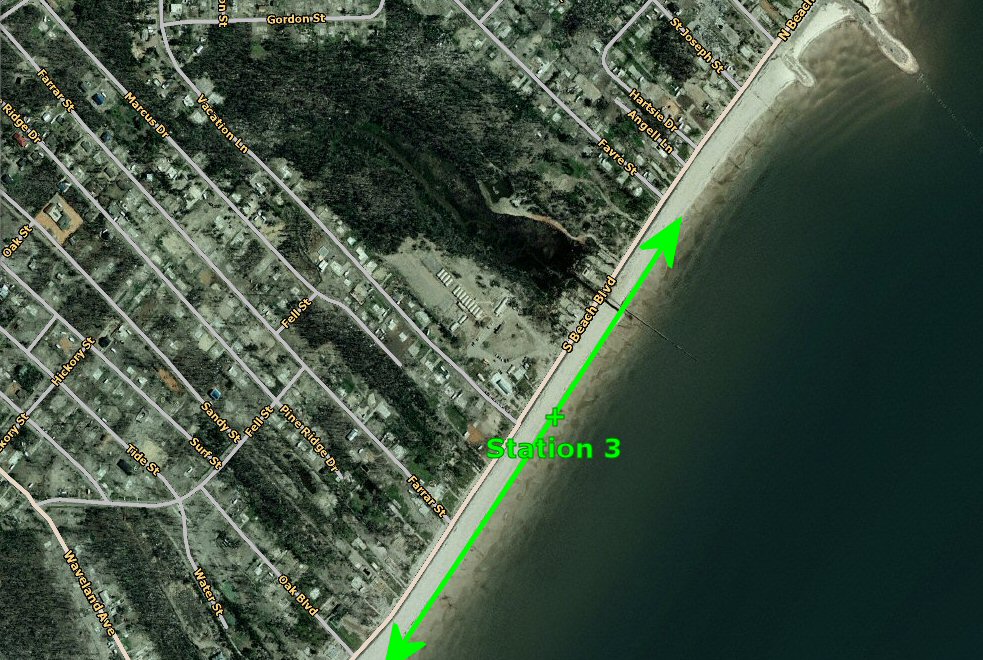
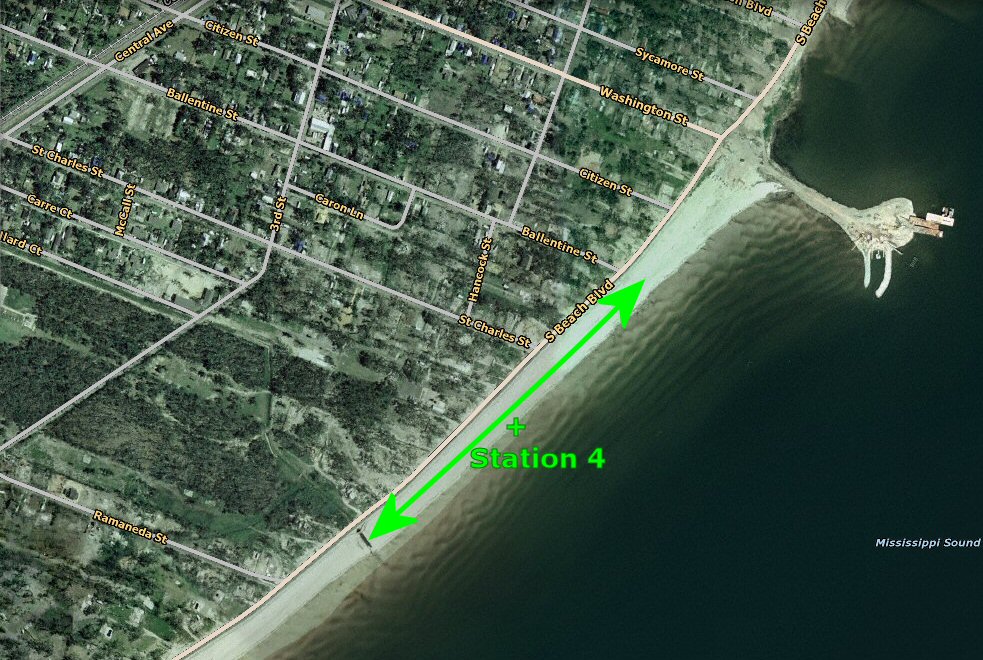

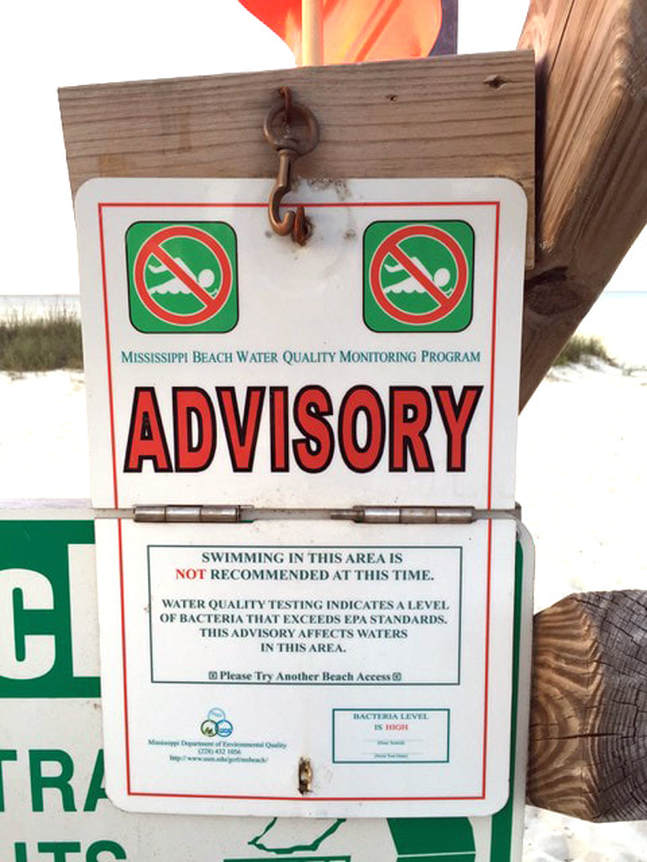
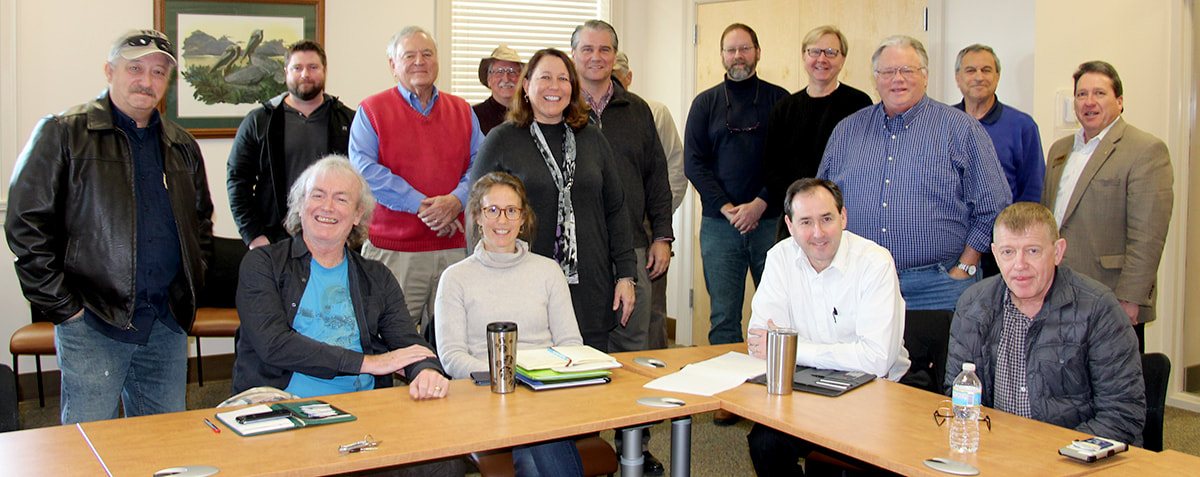








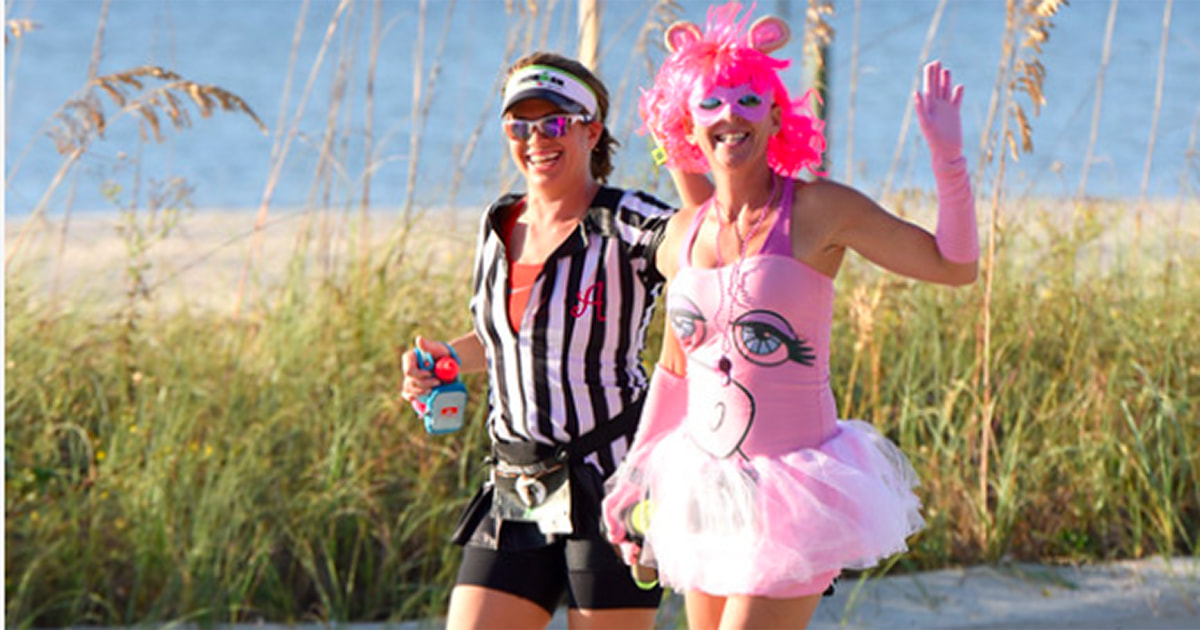

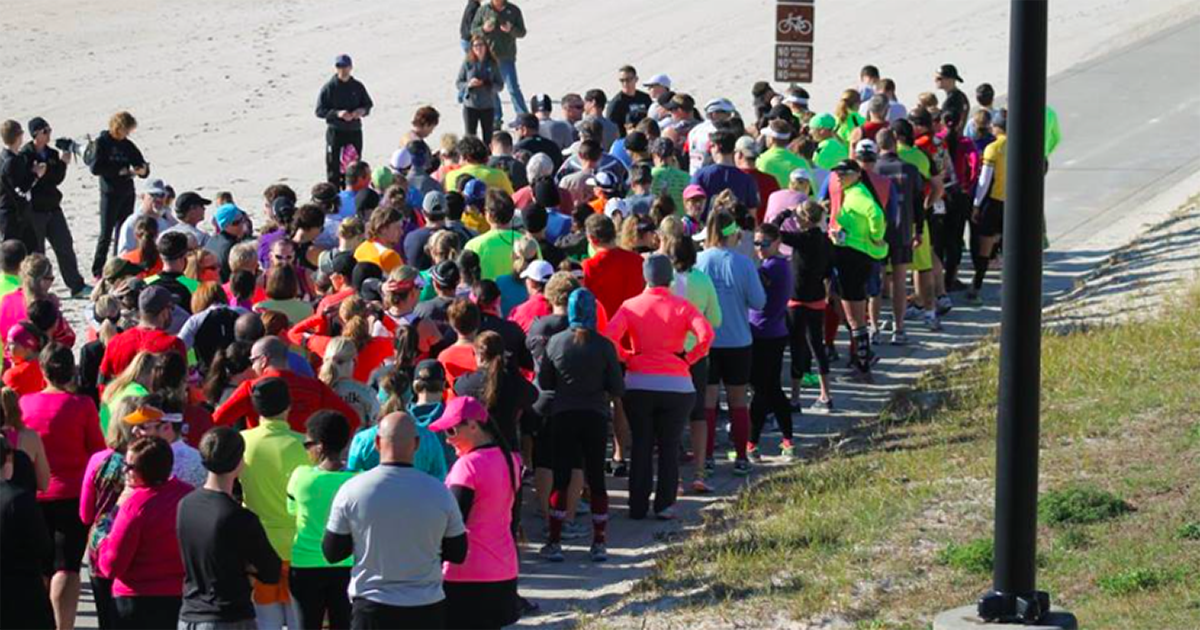
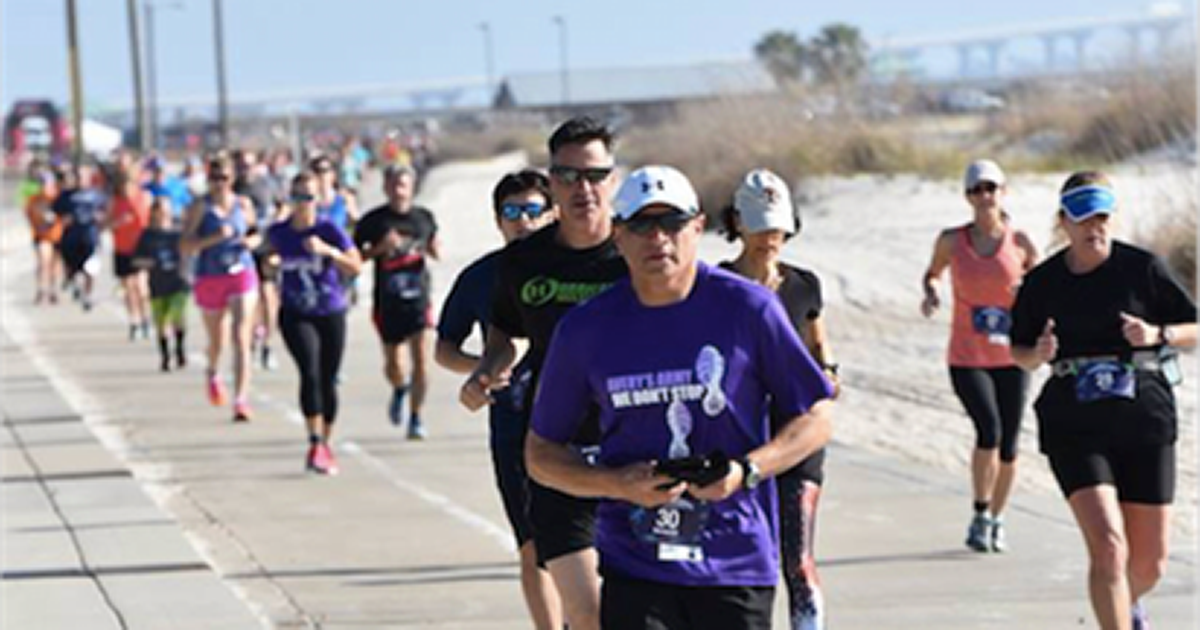
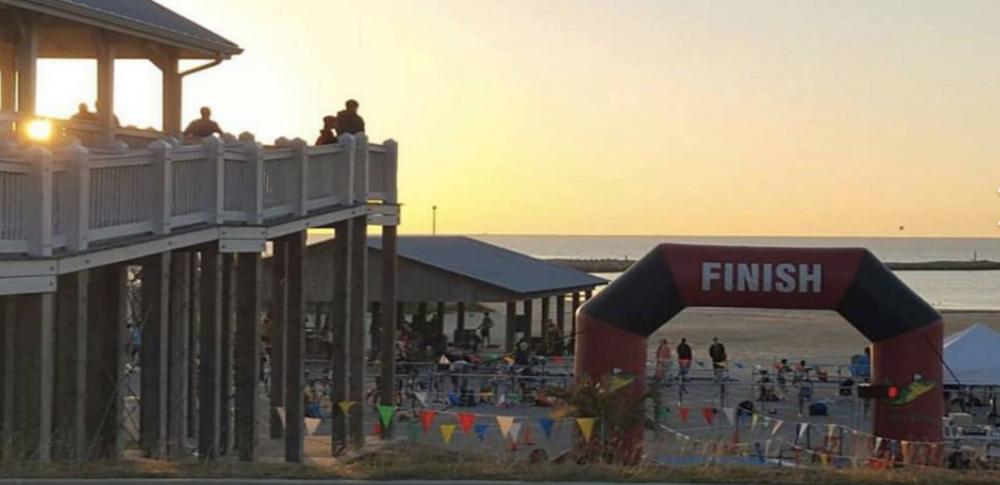



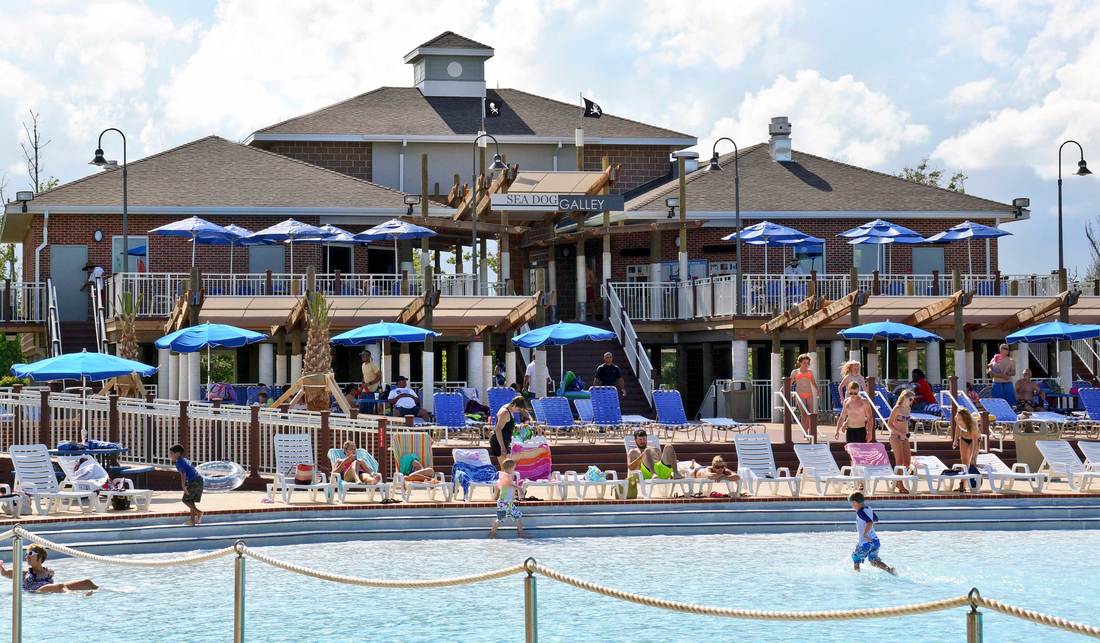

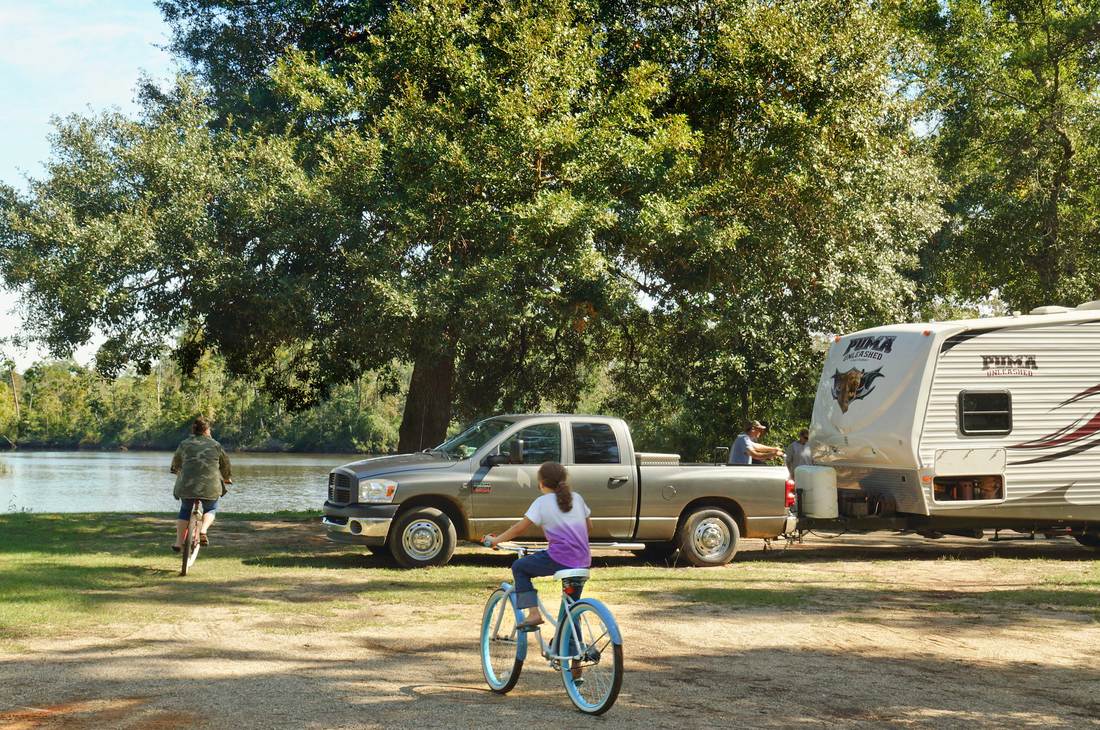
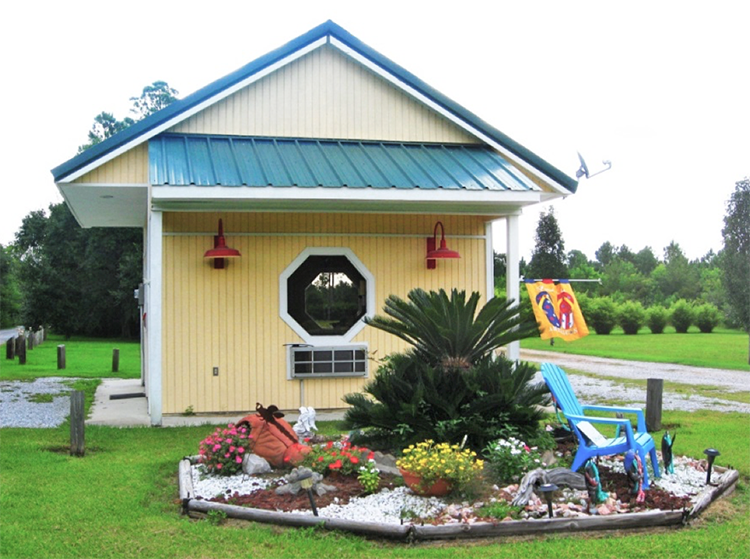

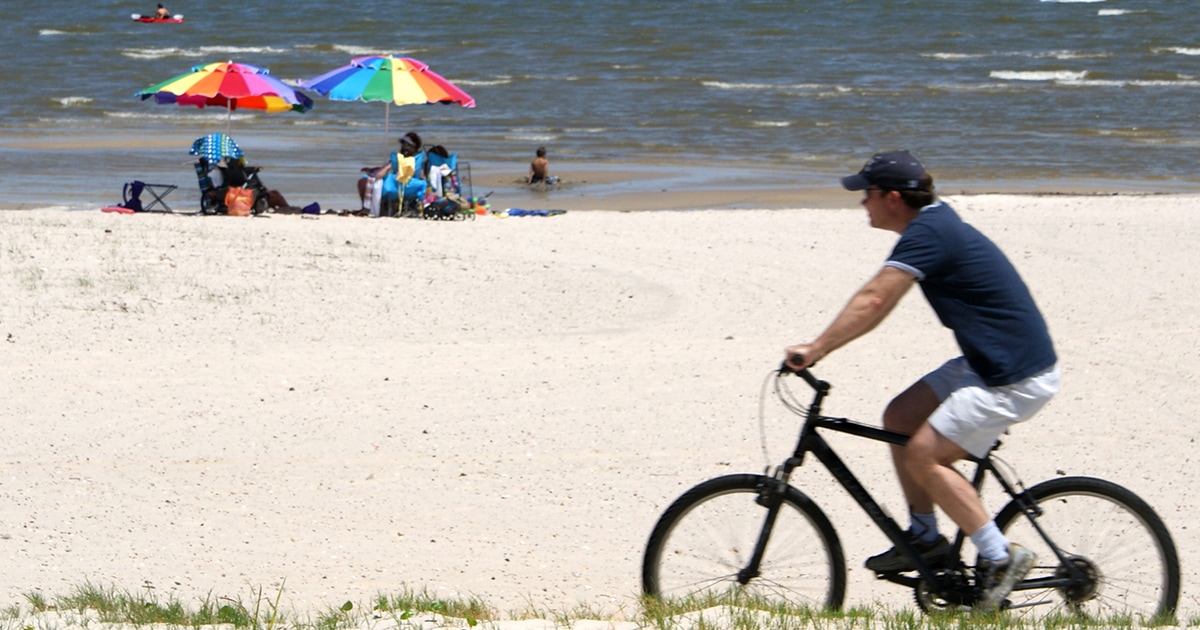

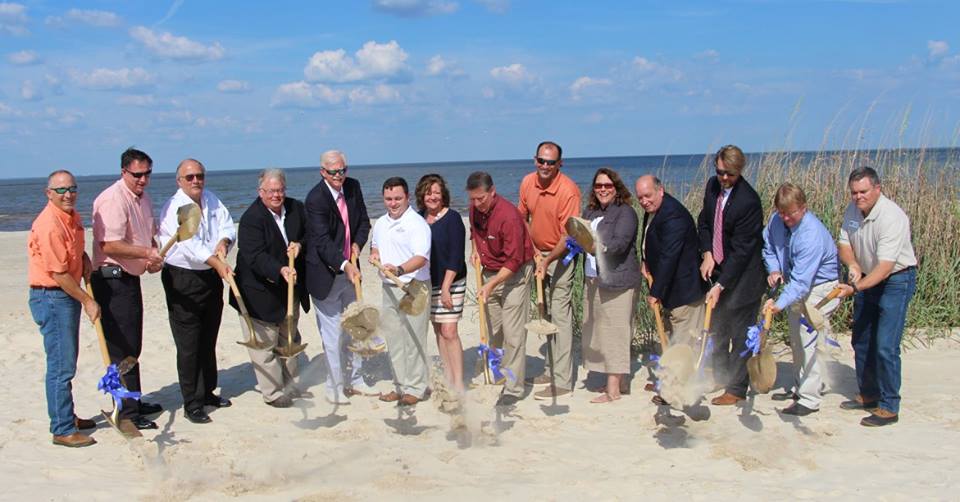

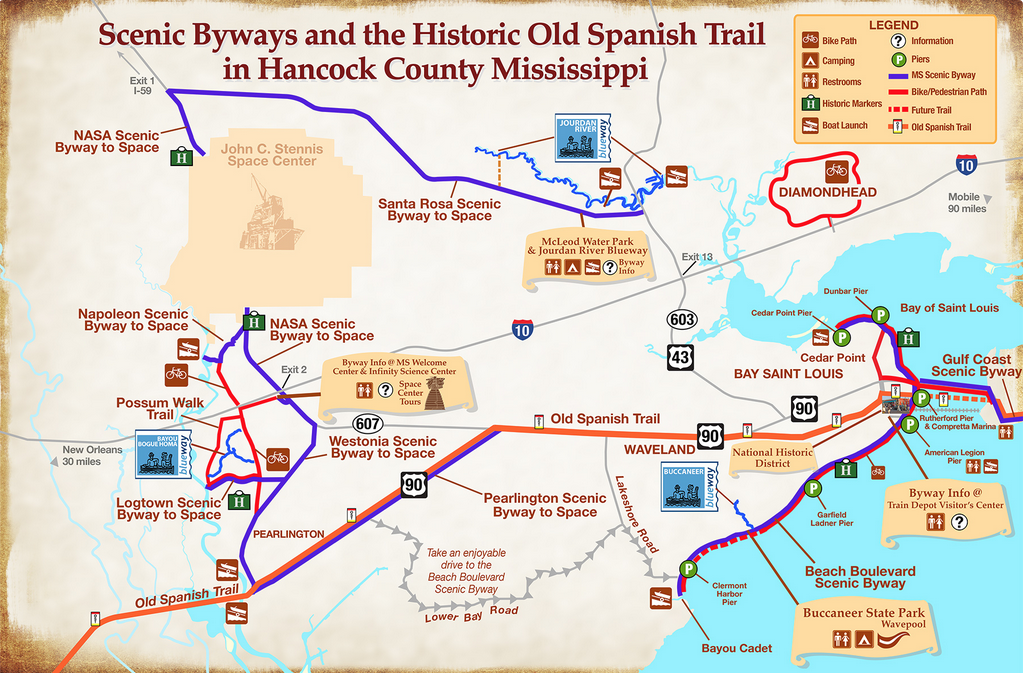
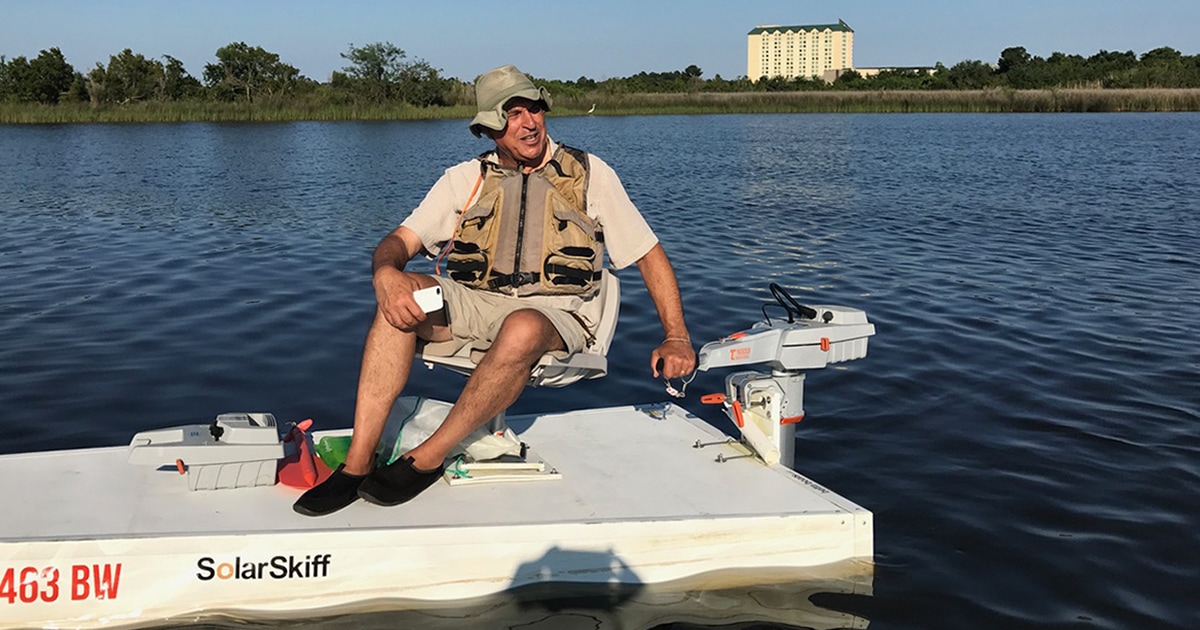

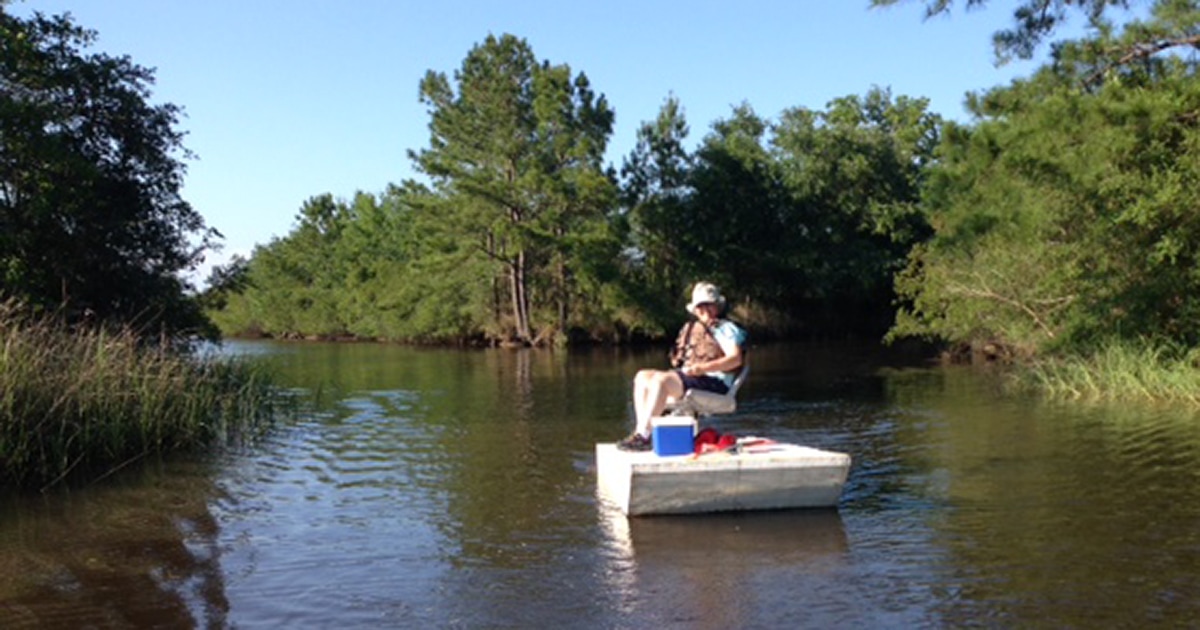
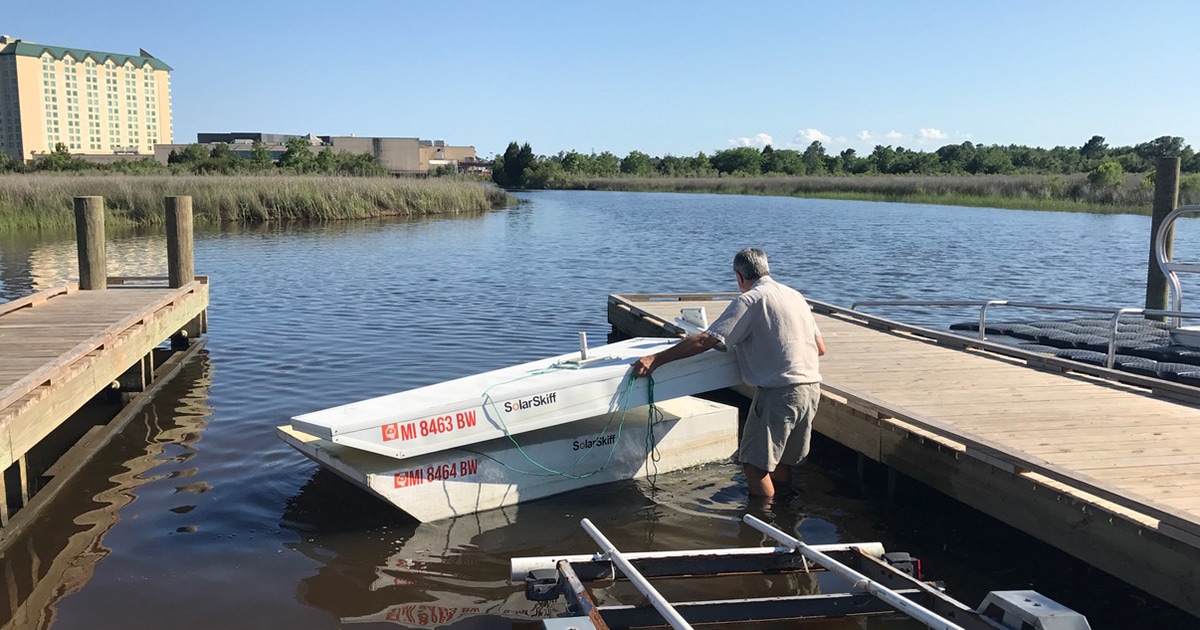
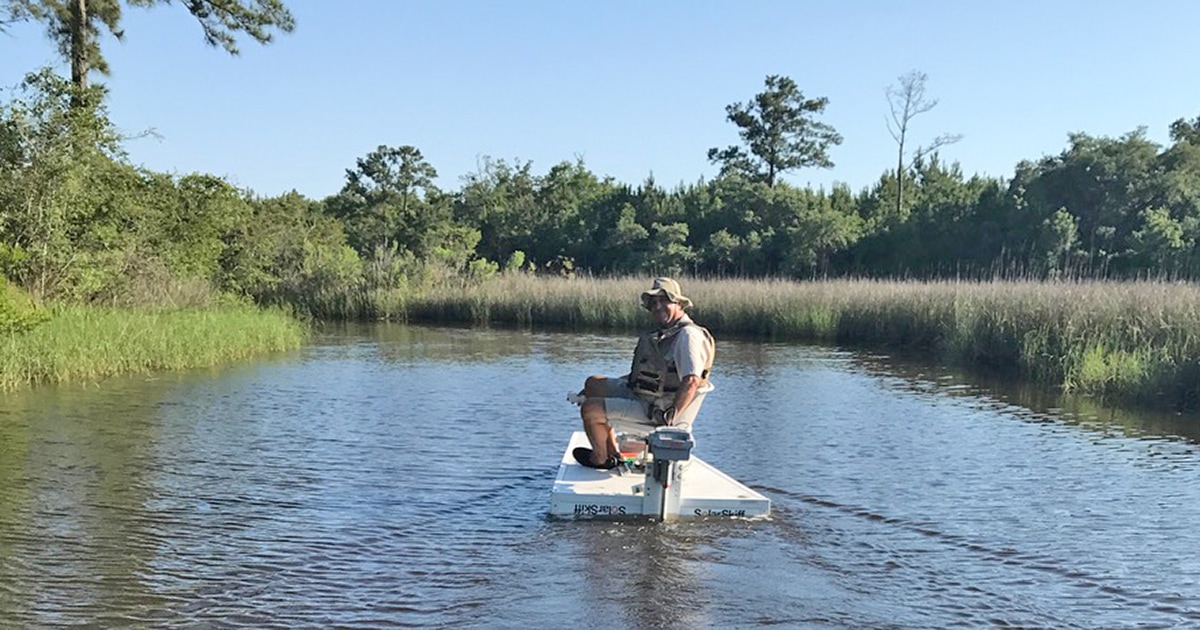
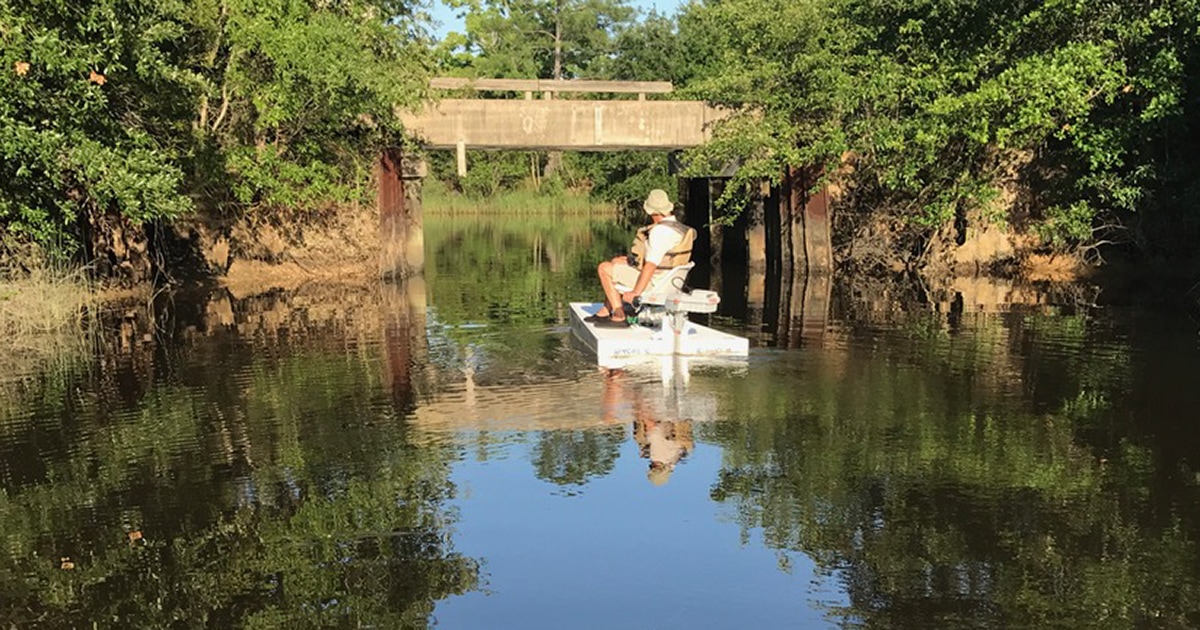


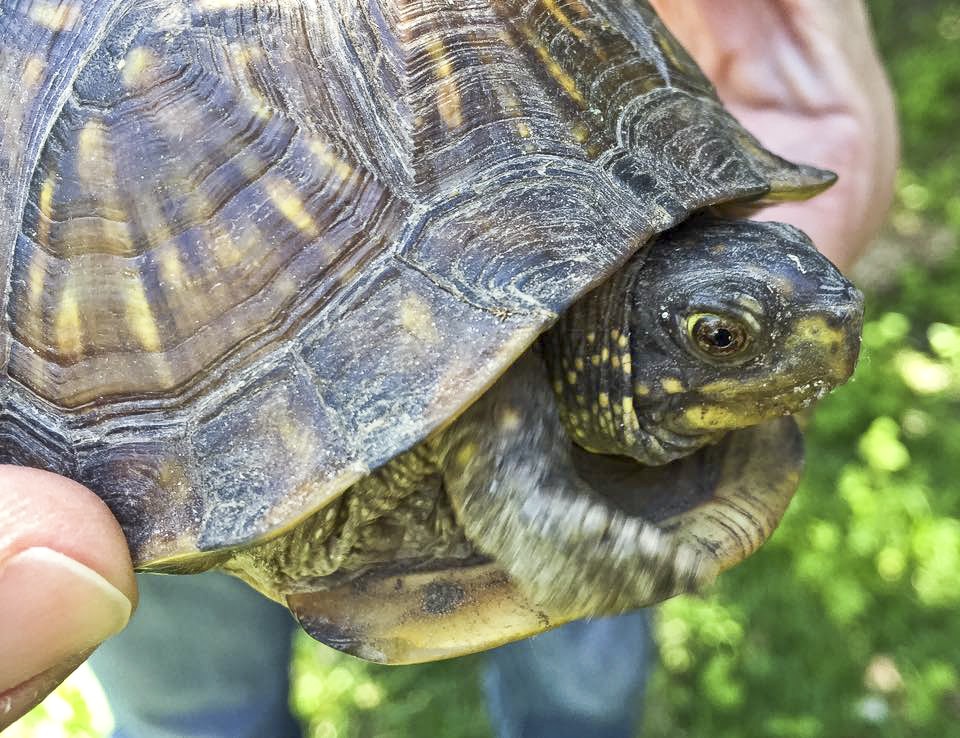
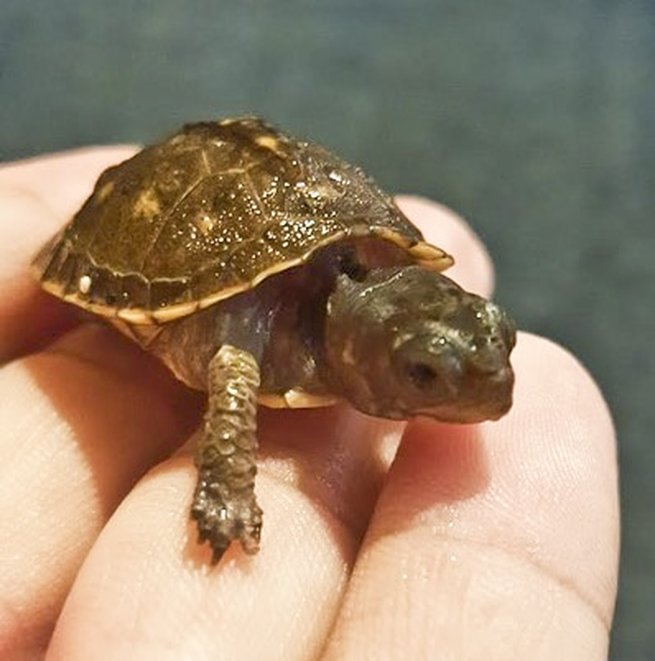
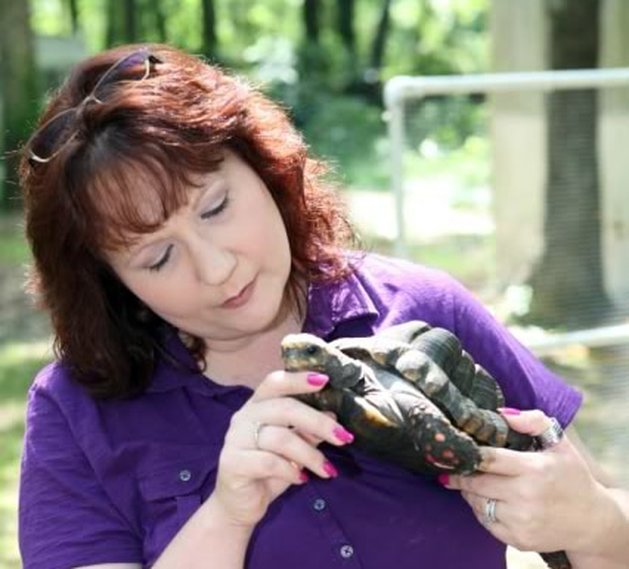
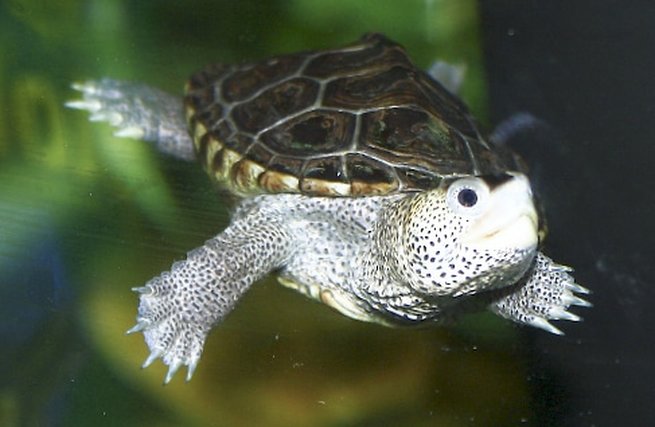

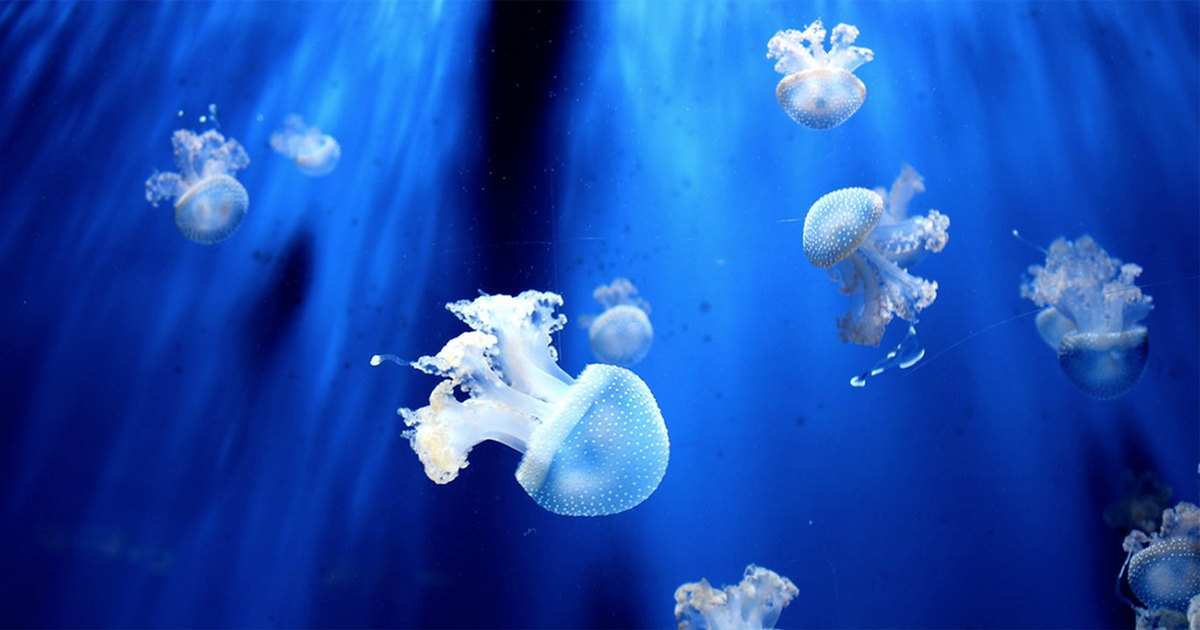
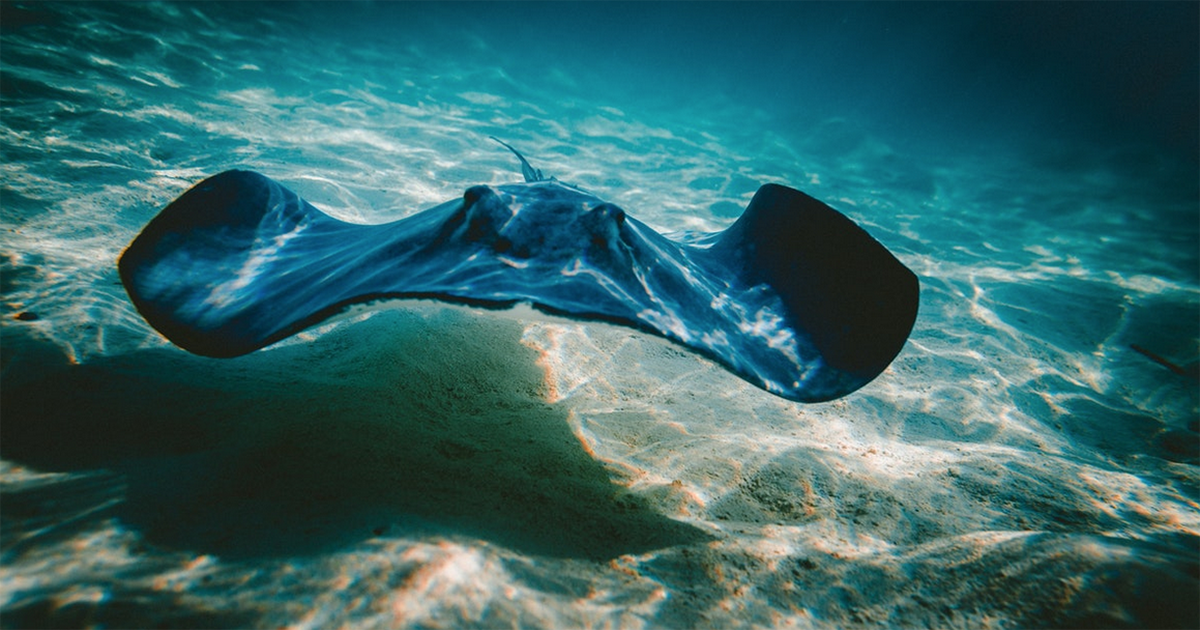

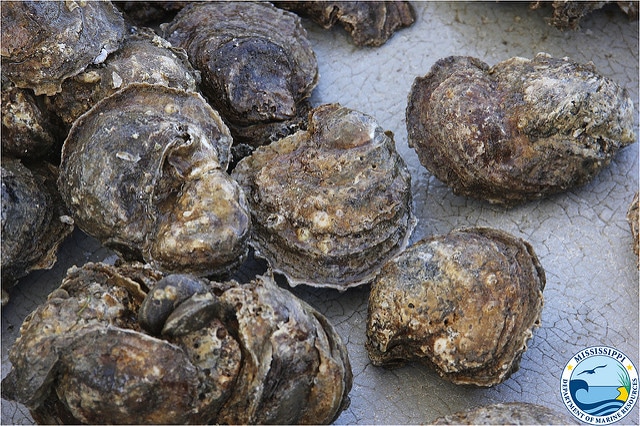
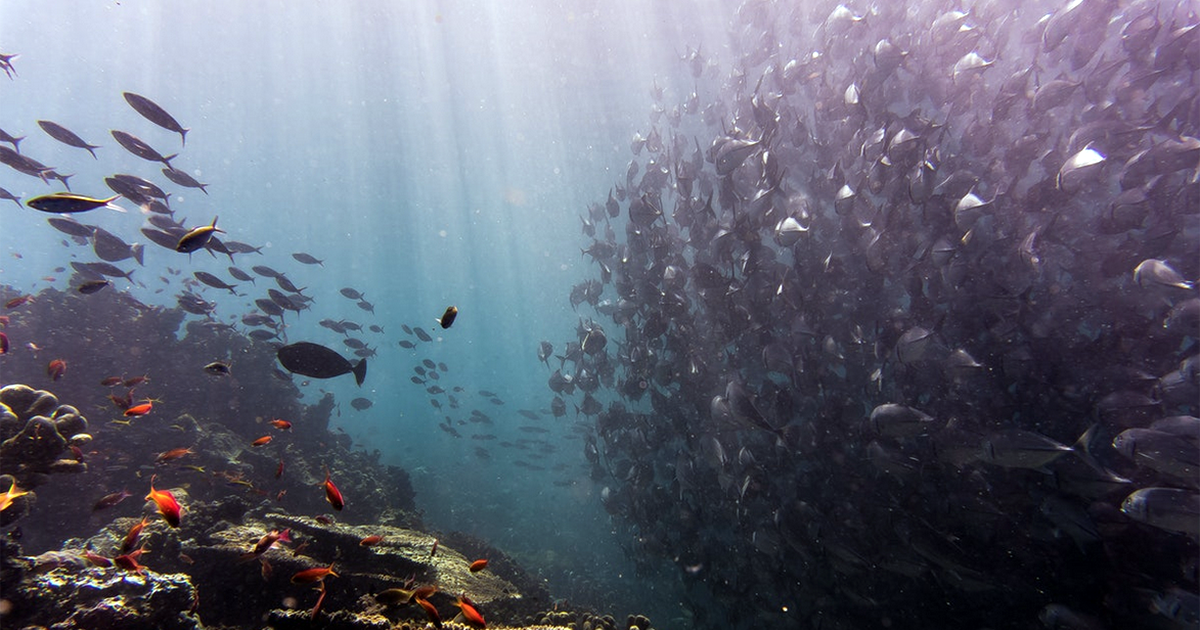
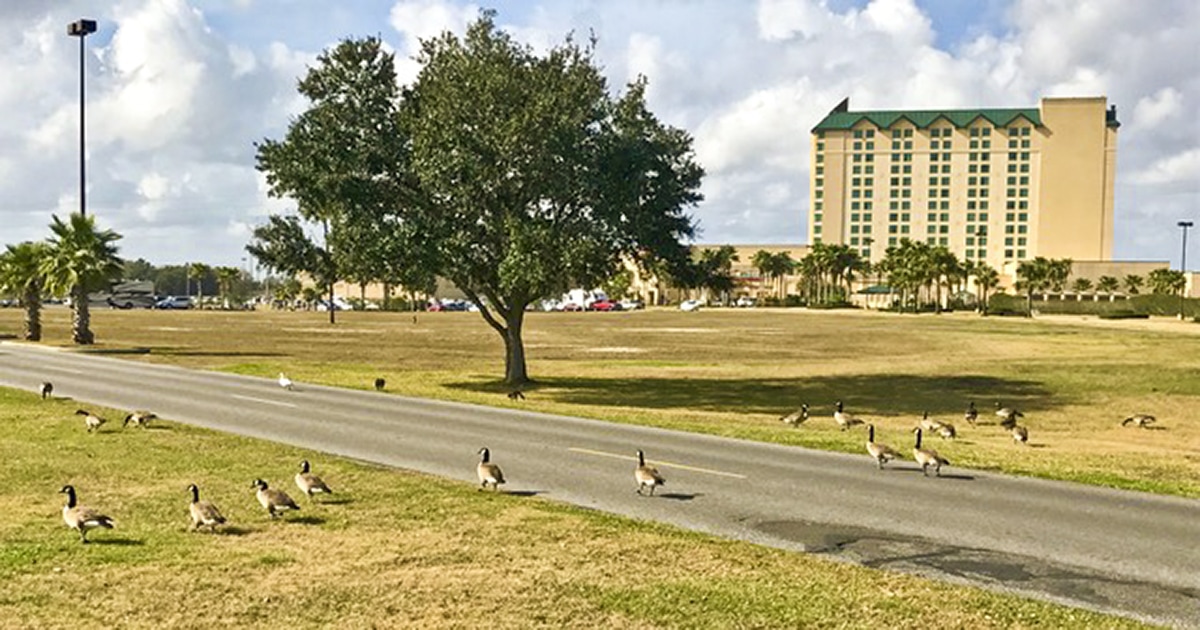
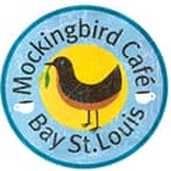

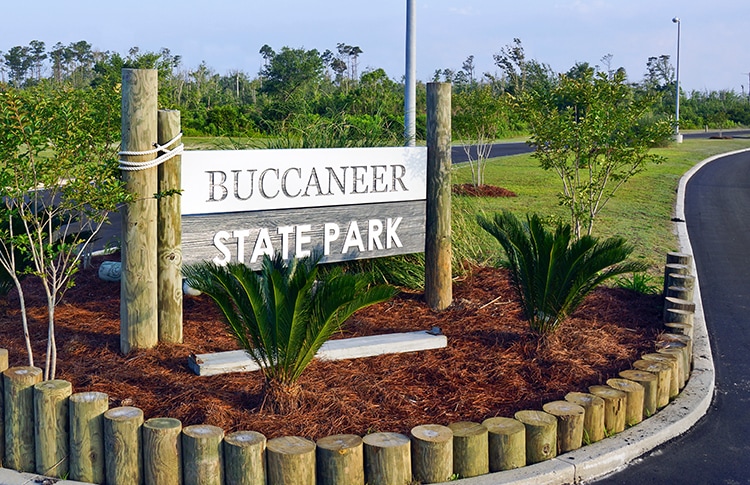
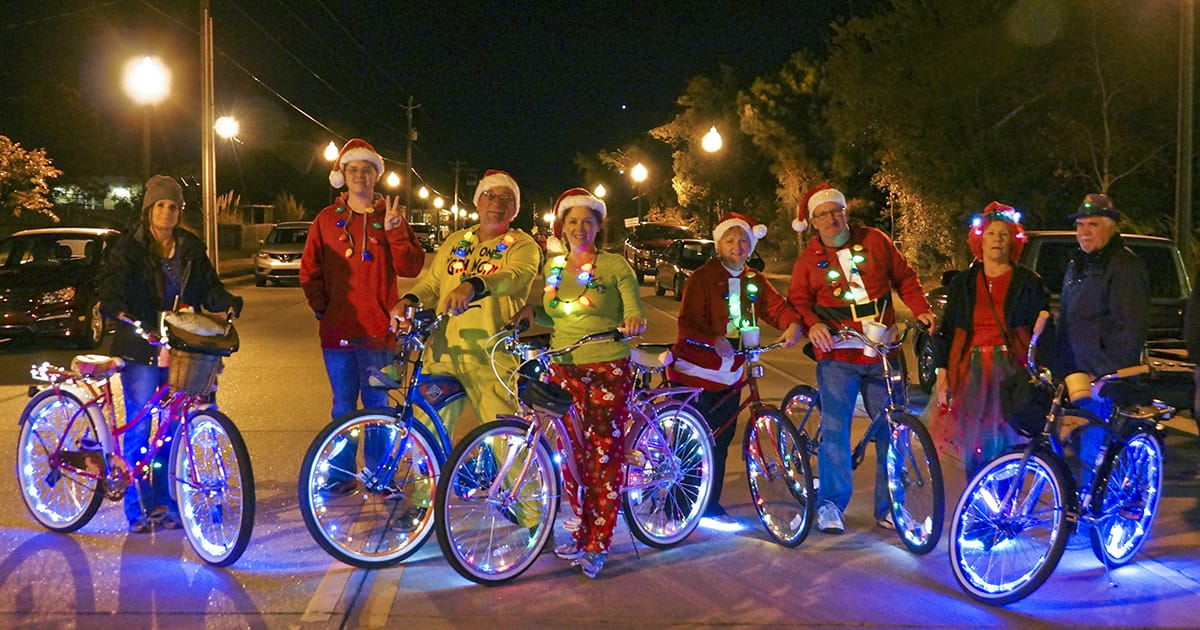
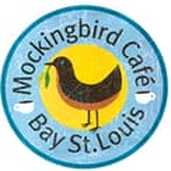
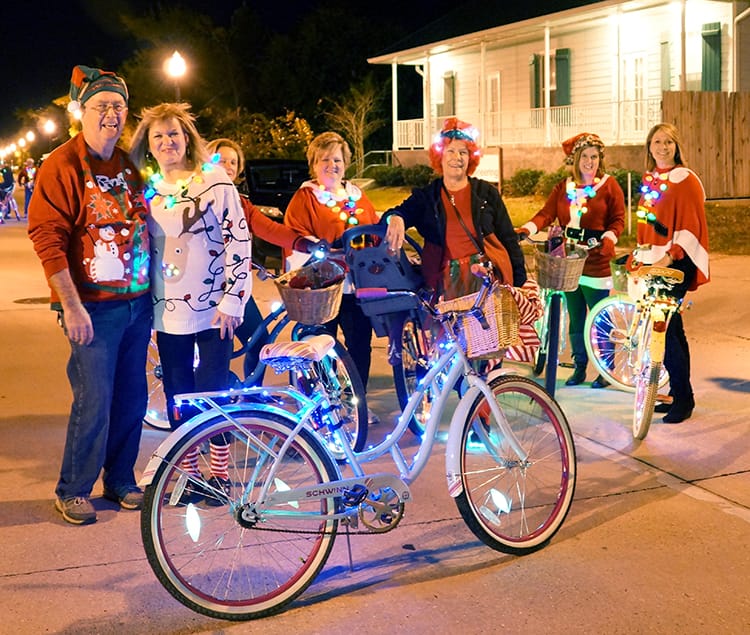
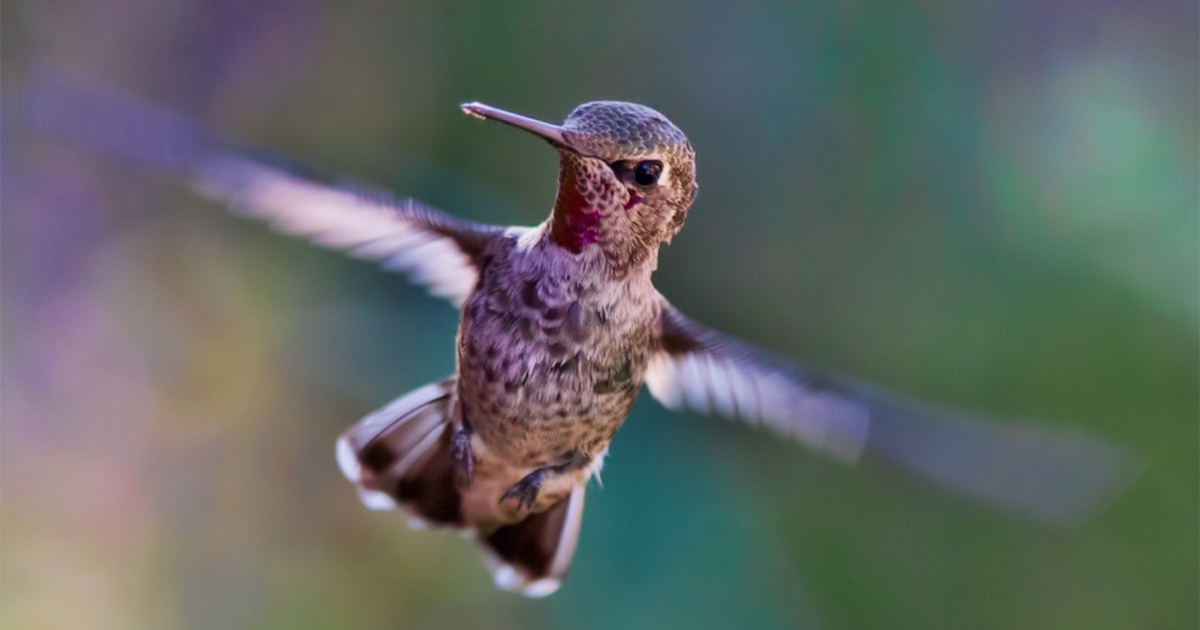
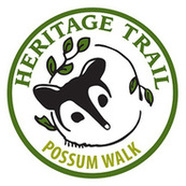
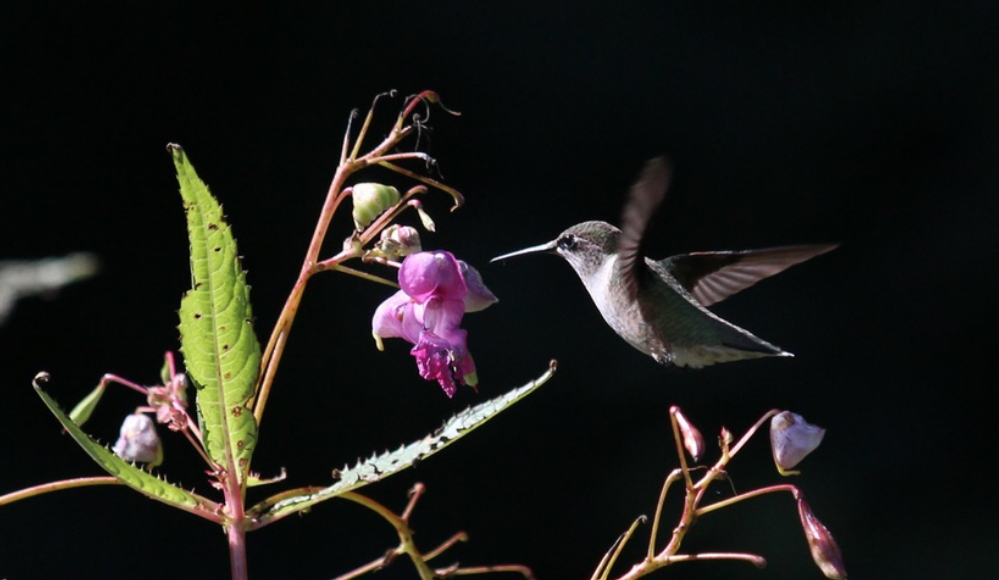
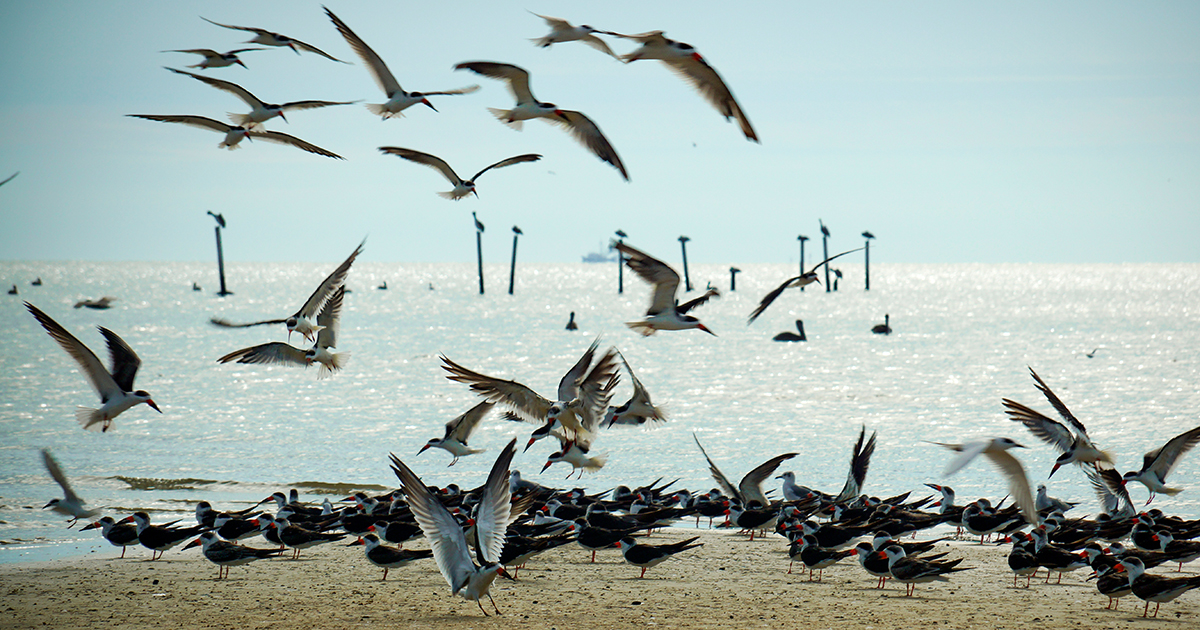

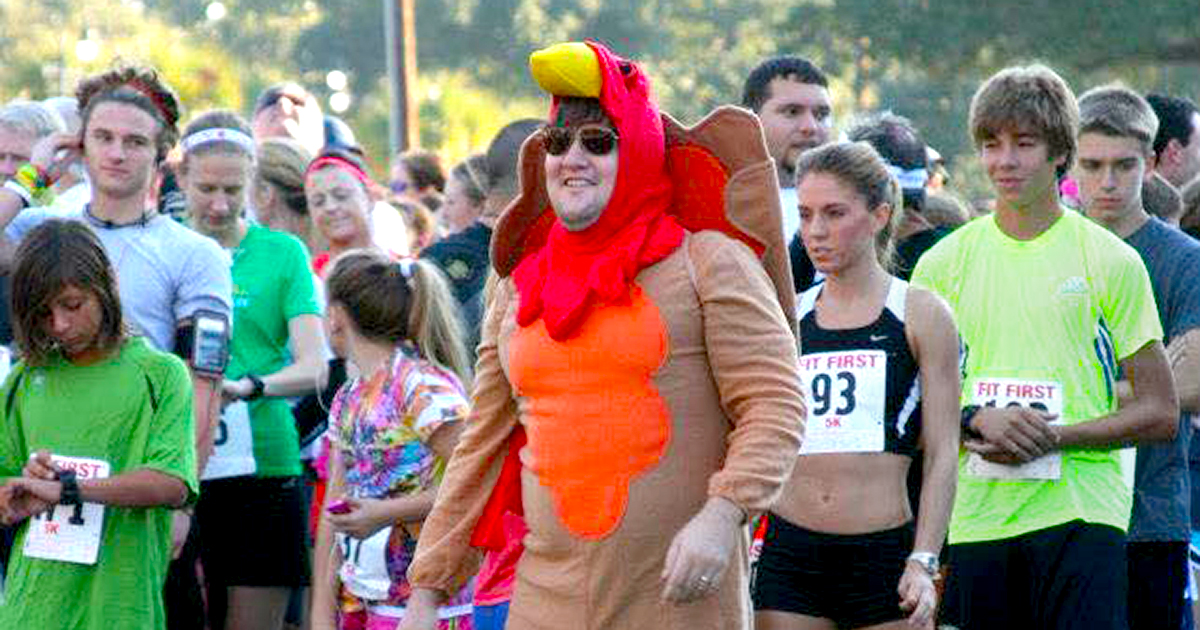
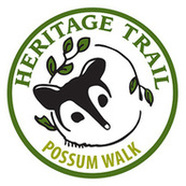
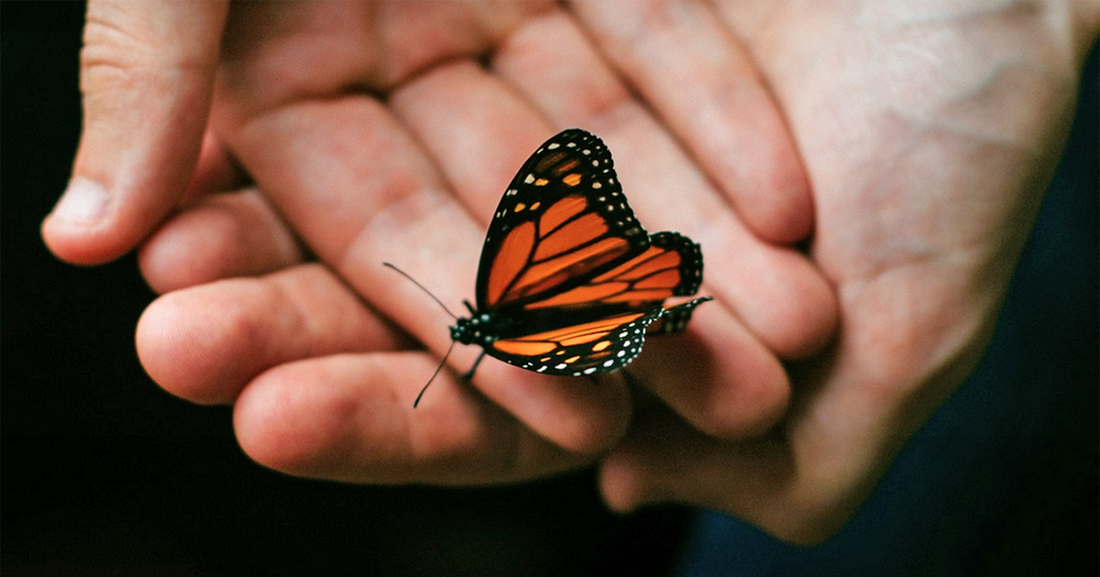
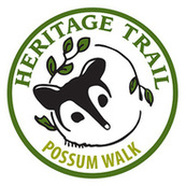
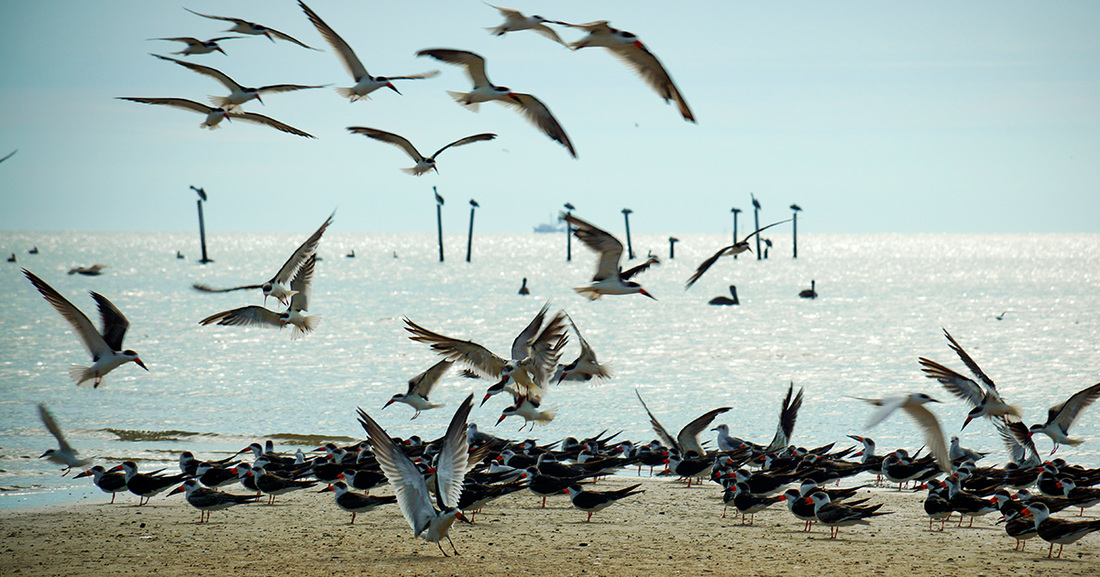


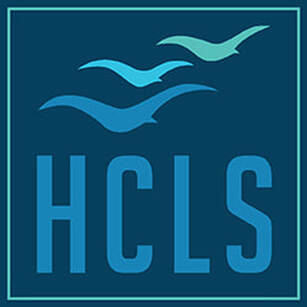
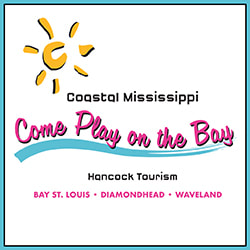















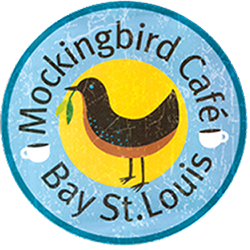




 RSS Feed
RSS Feed













